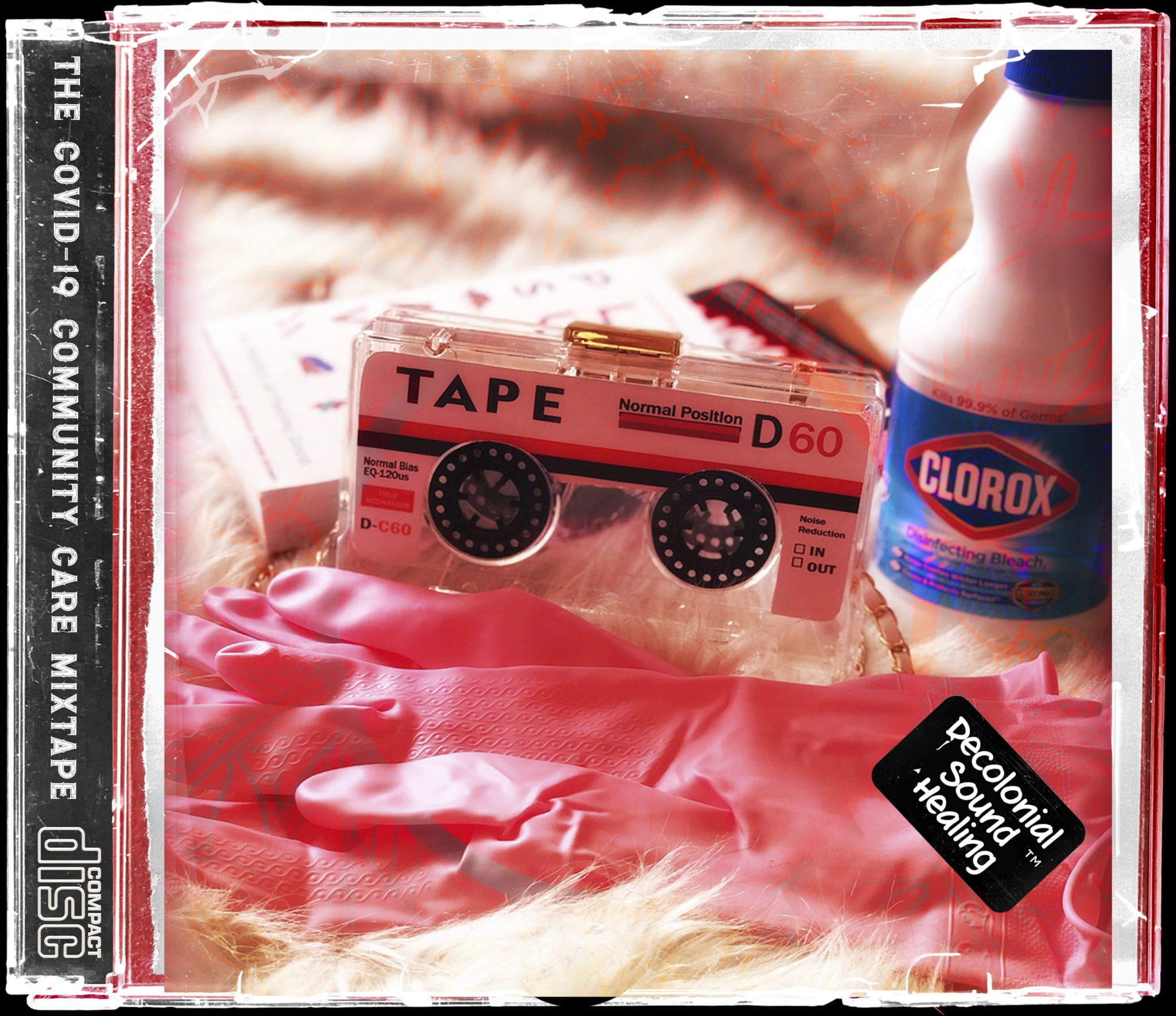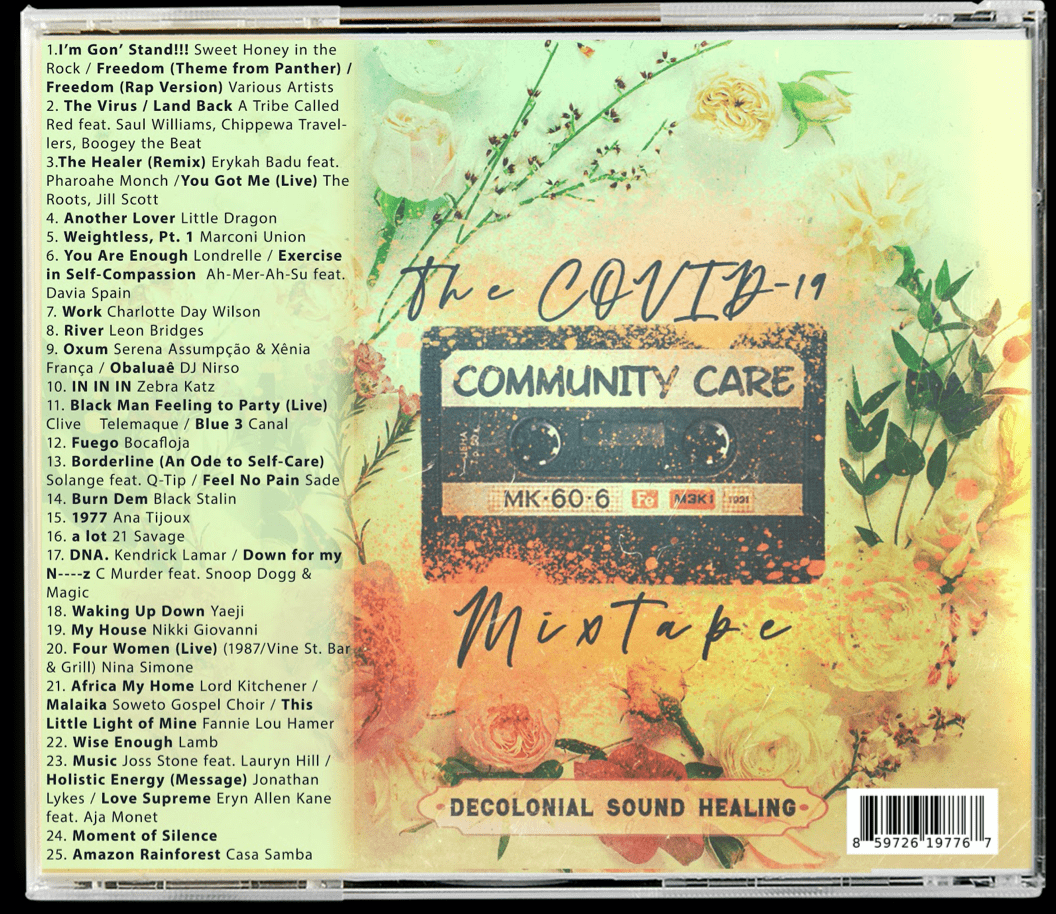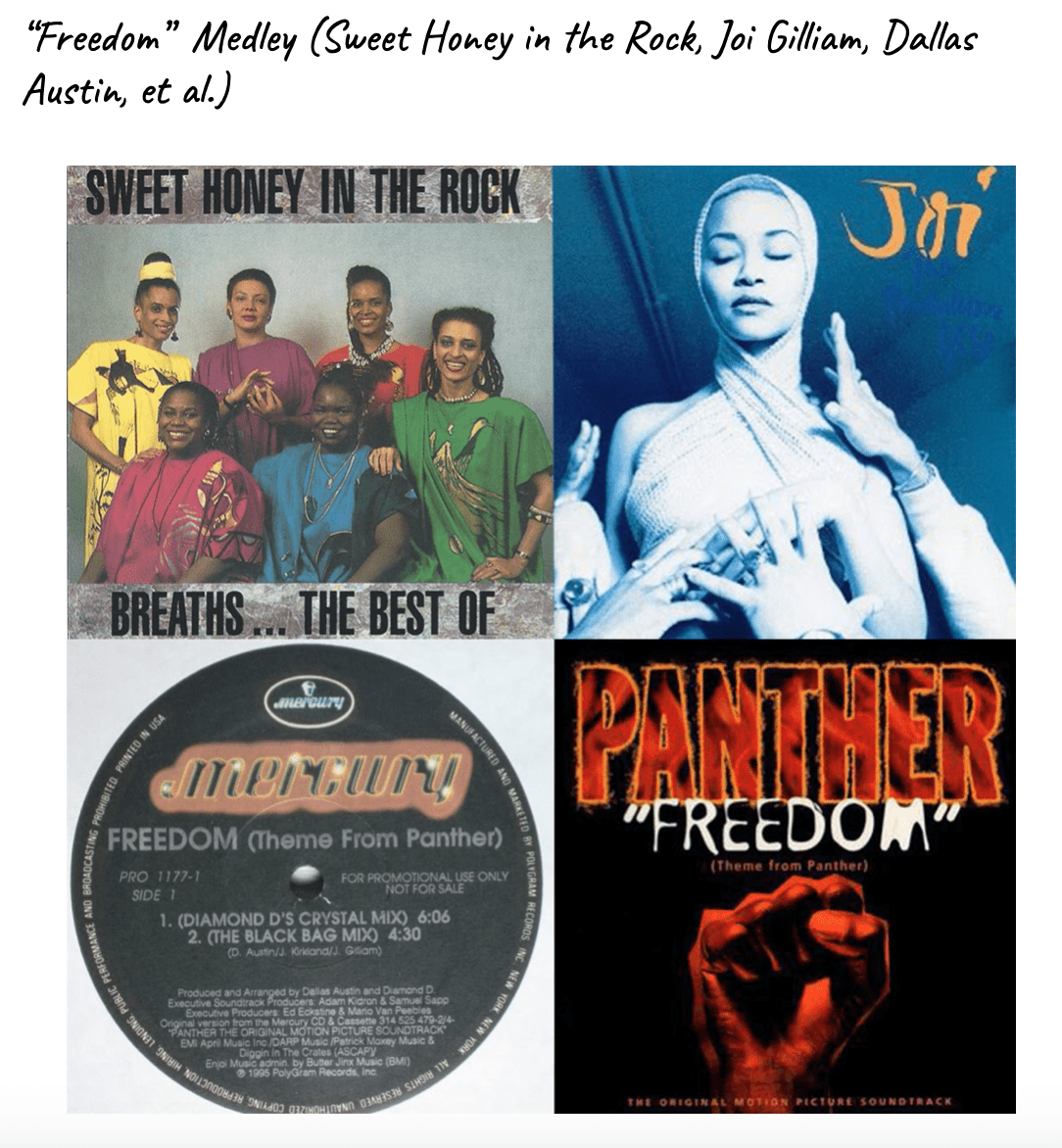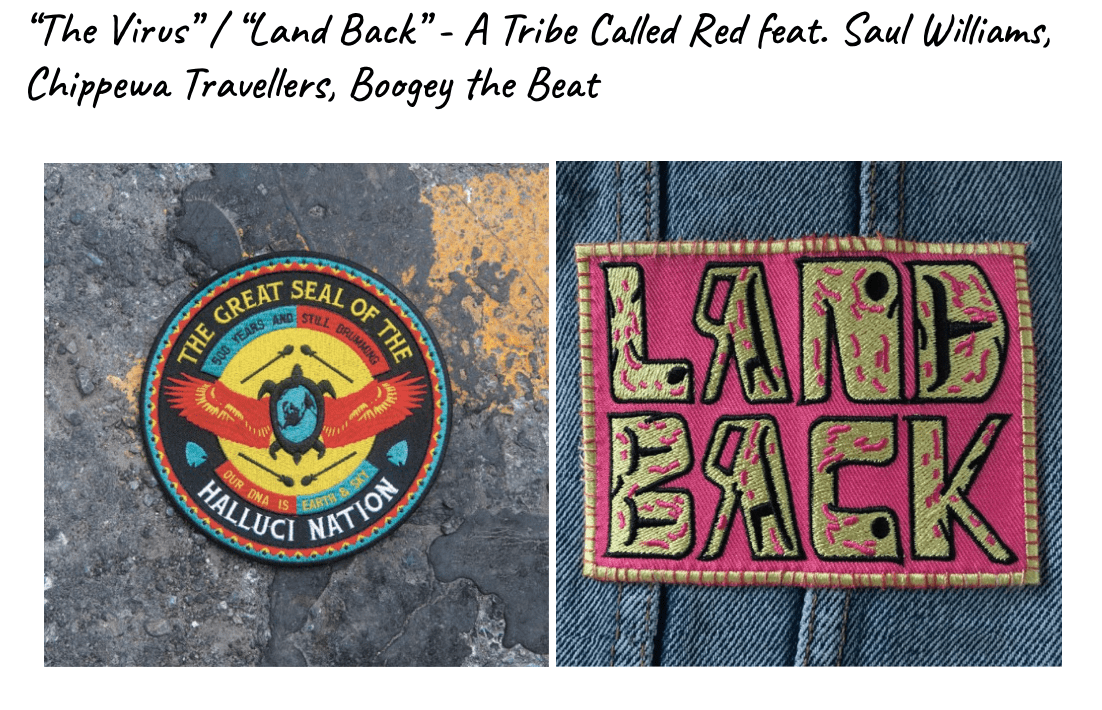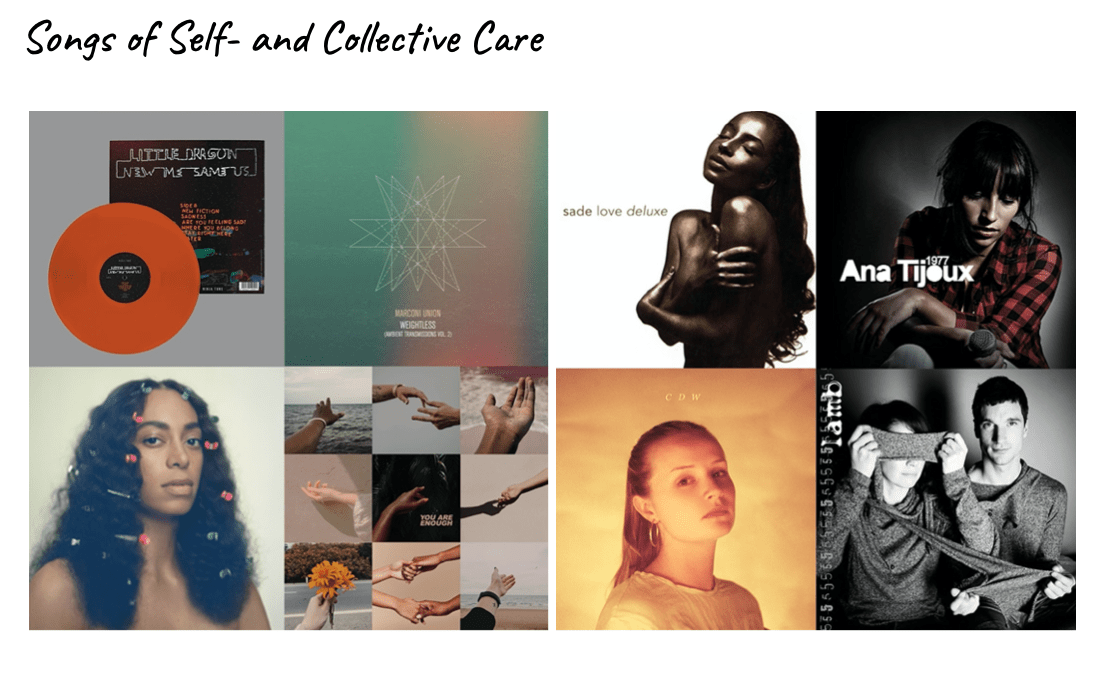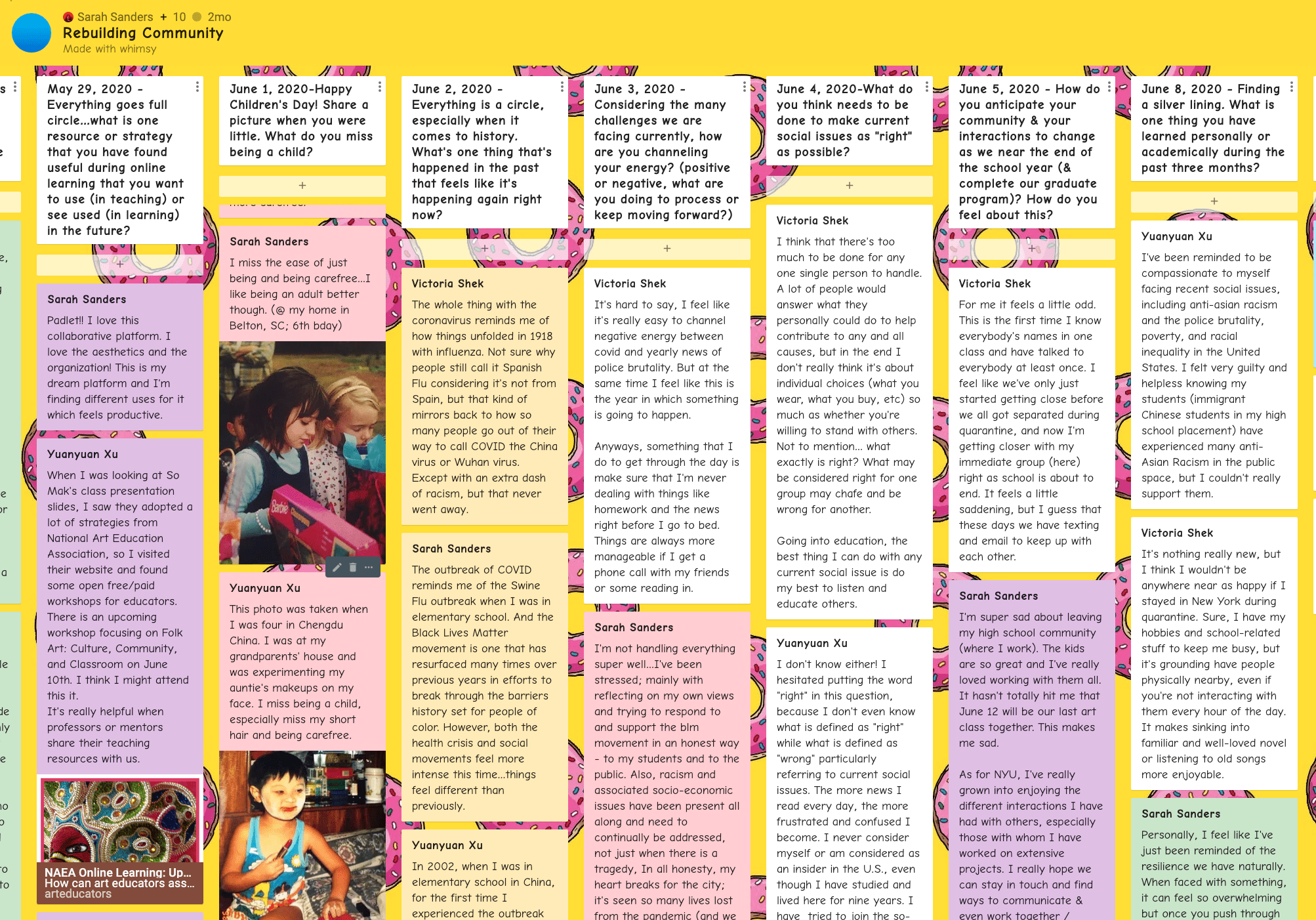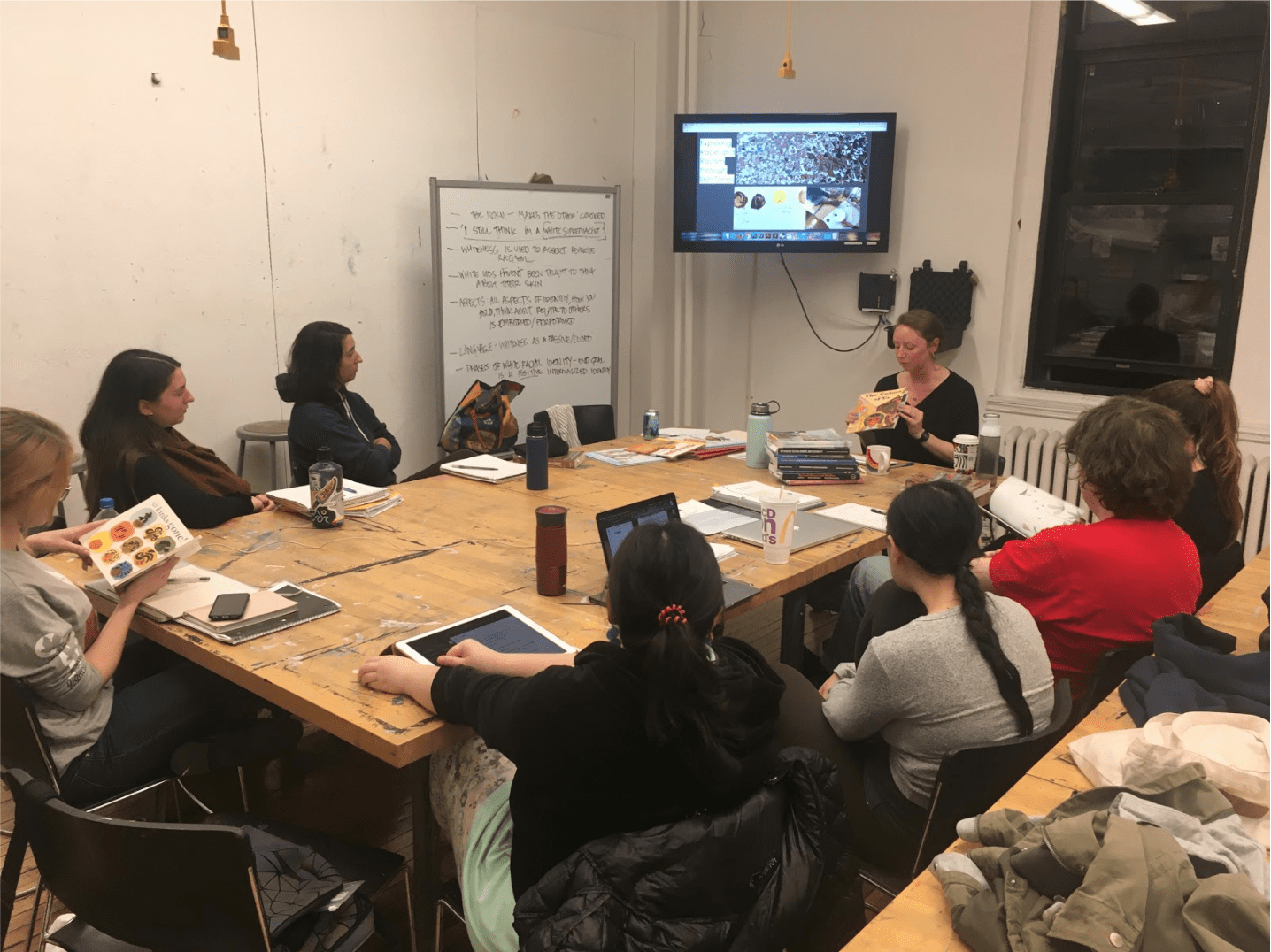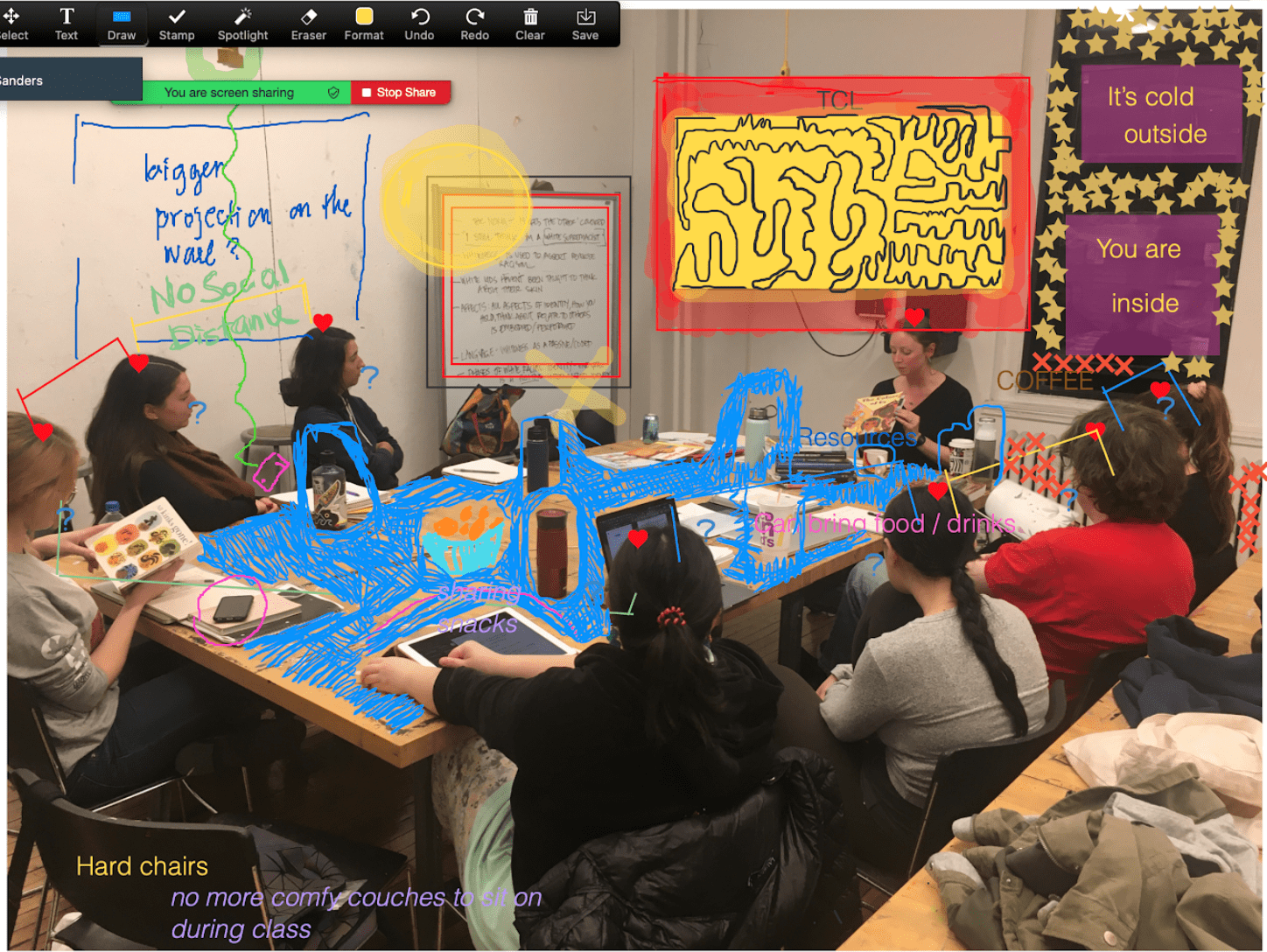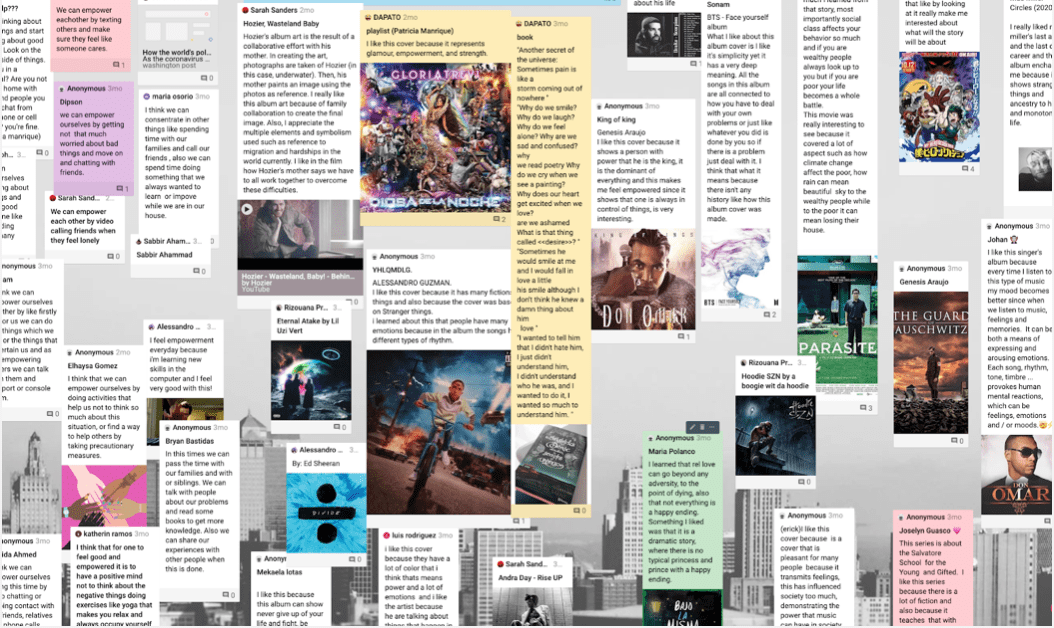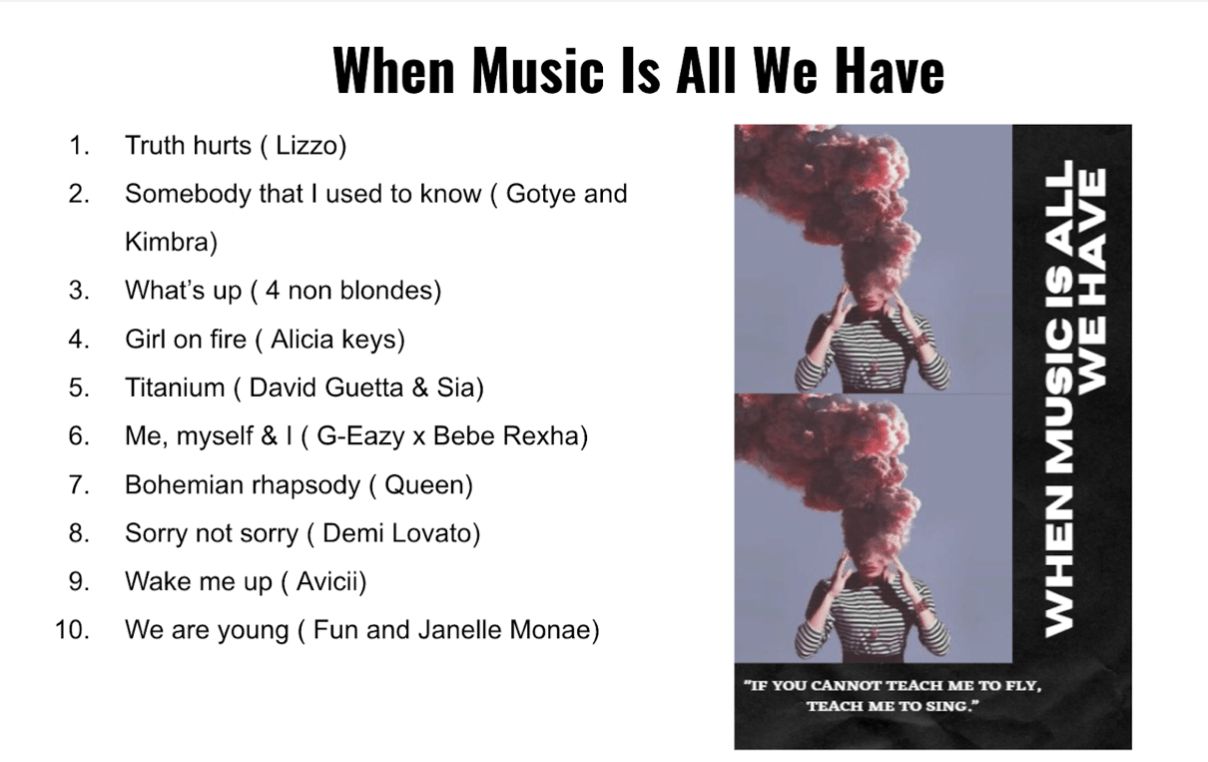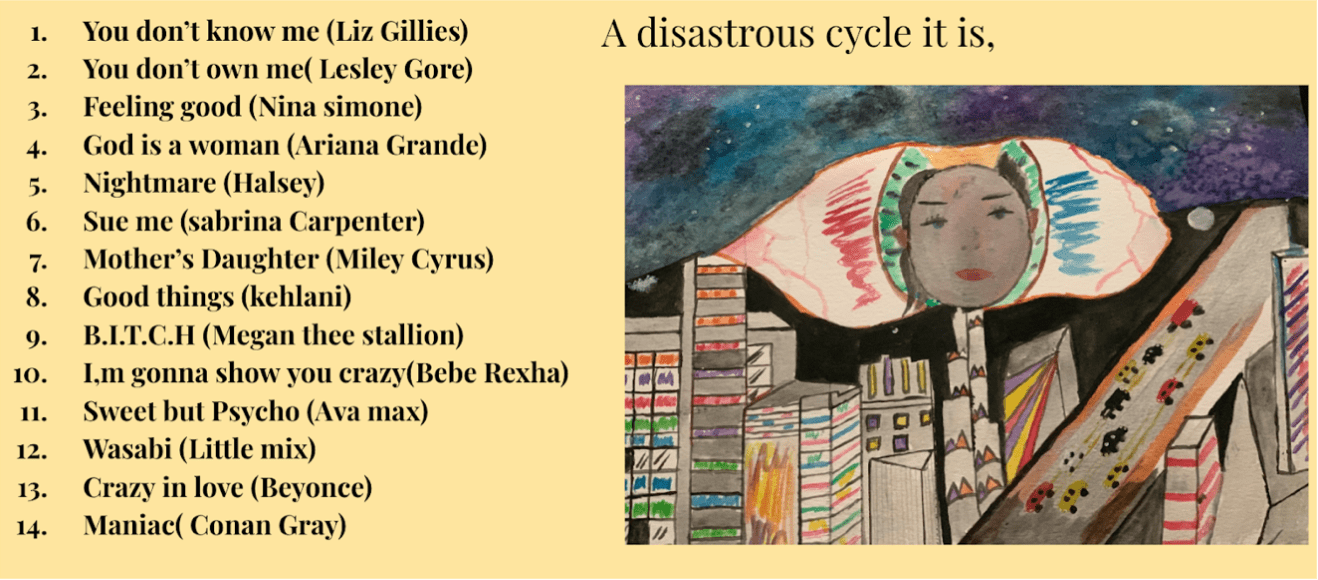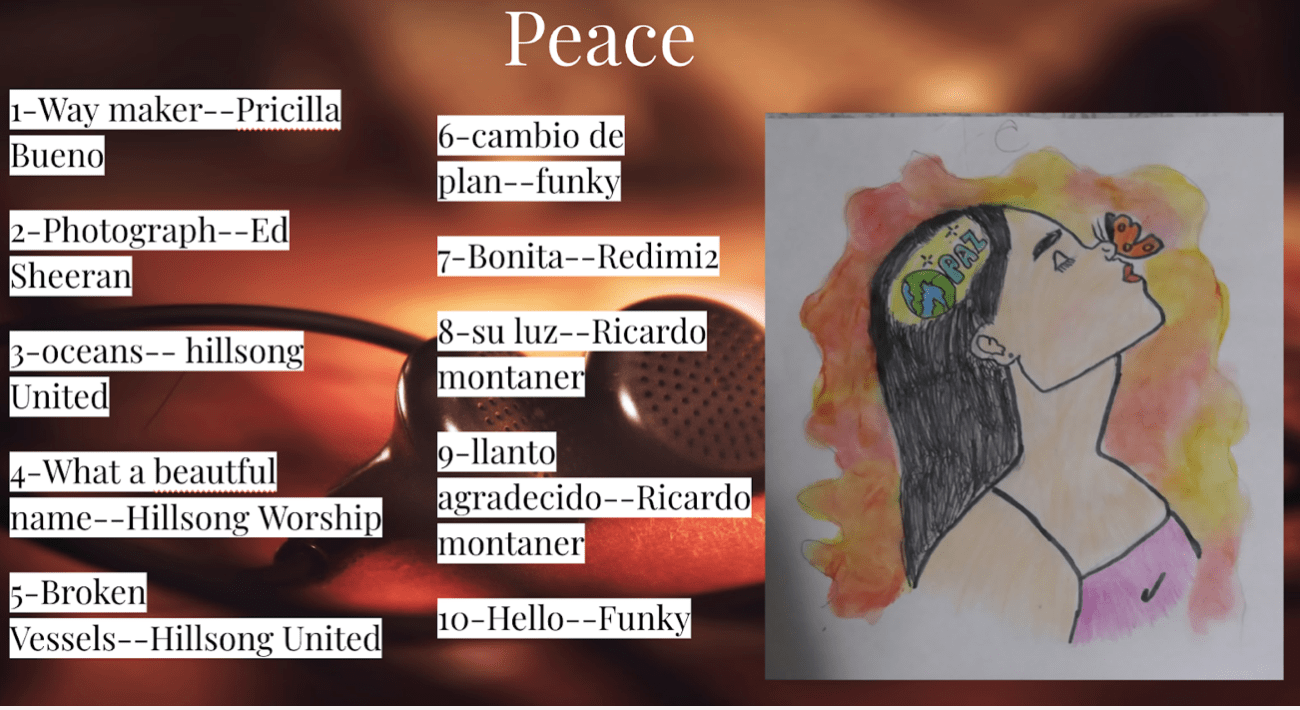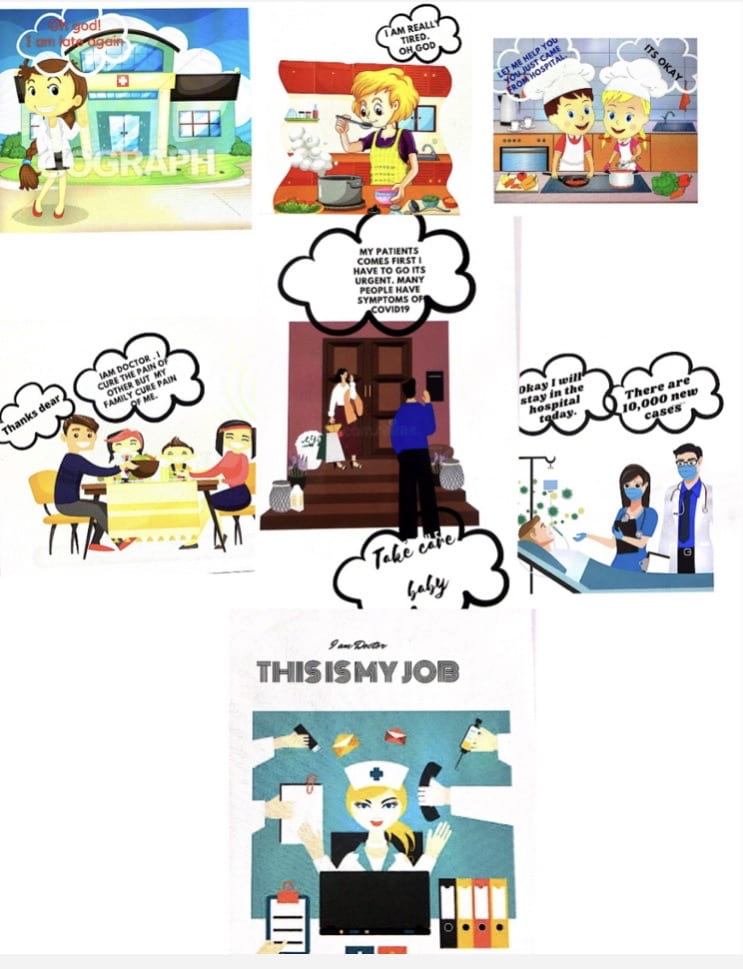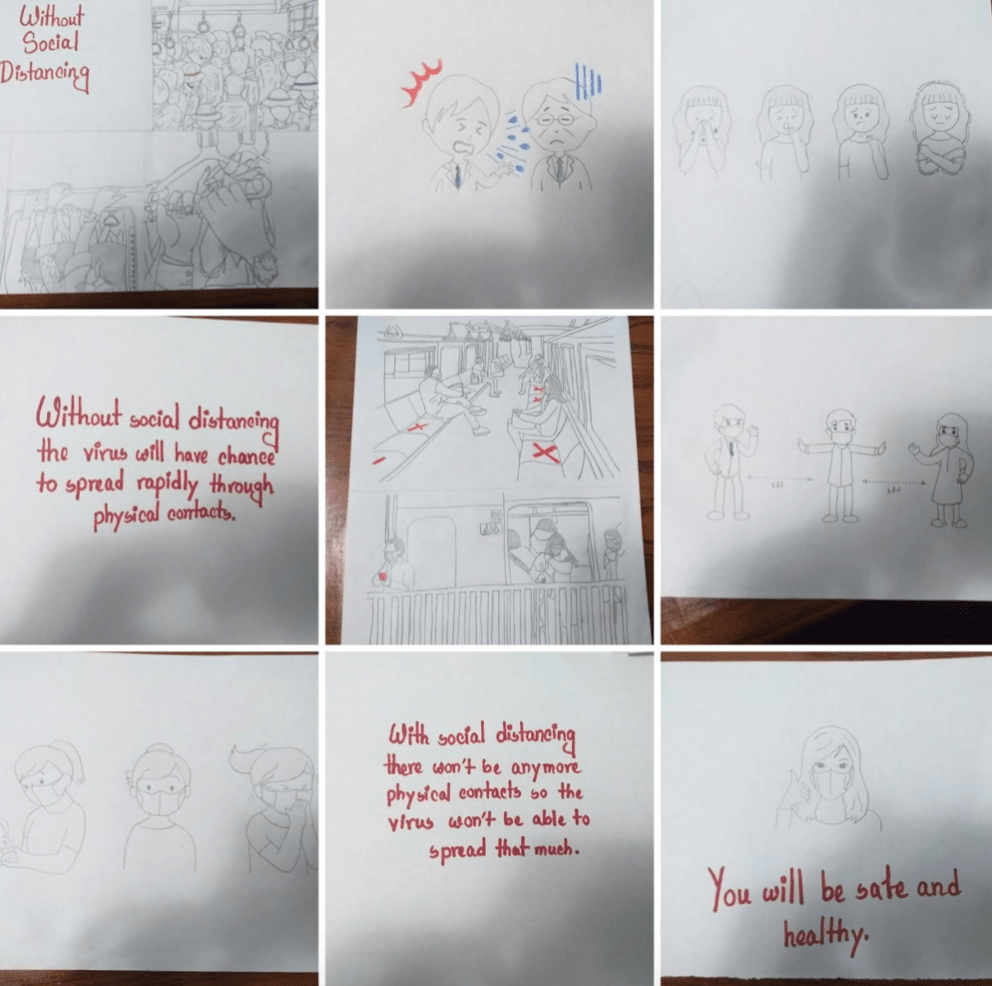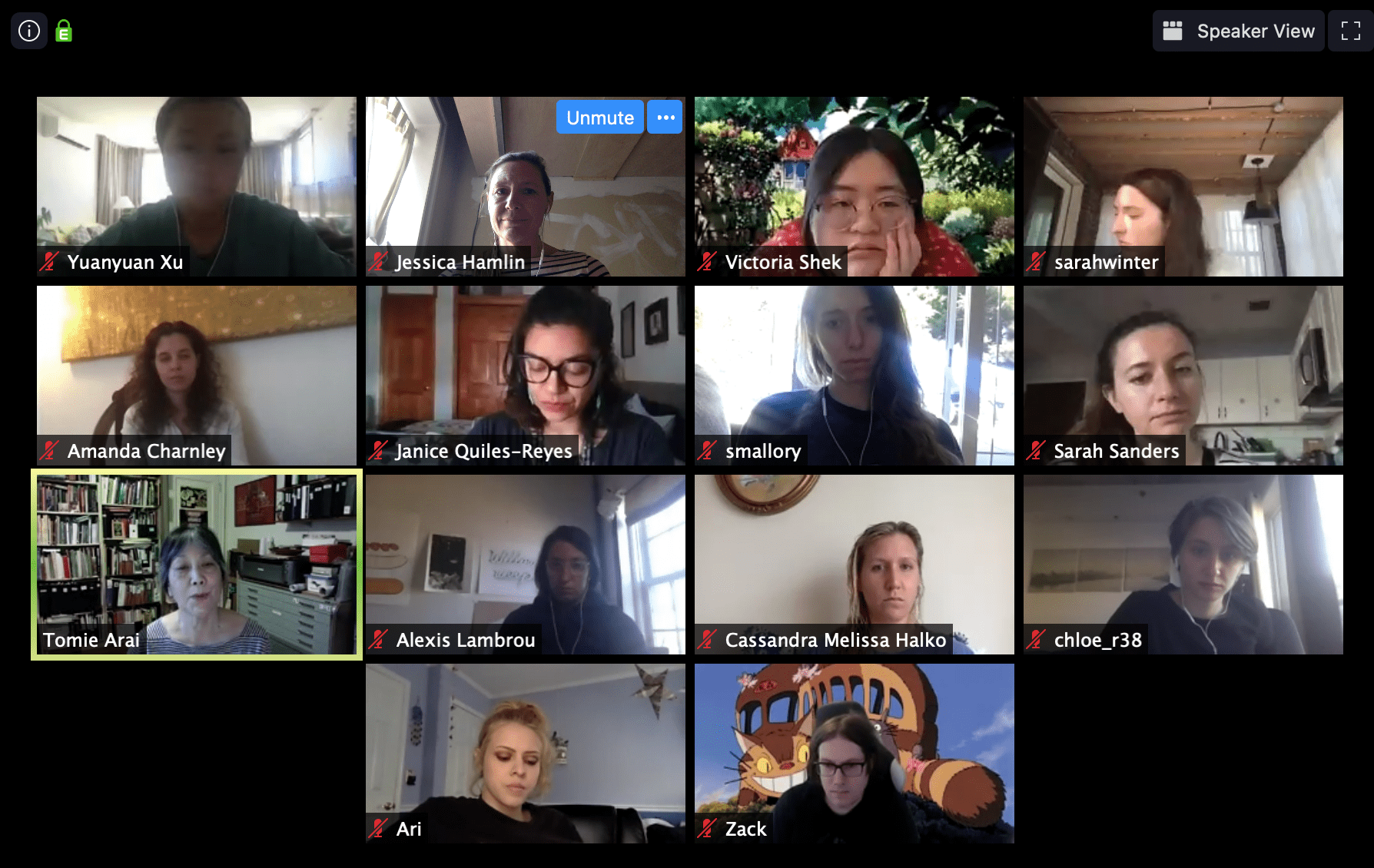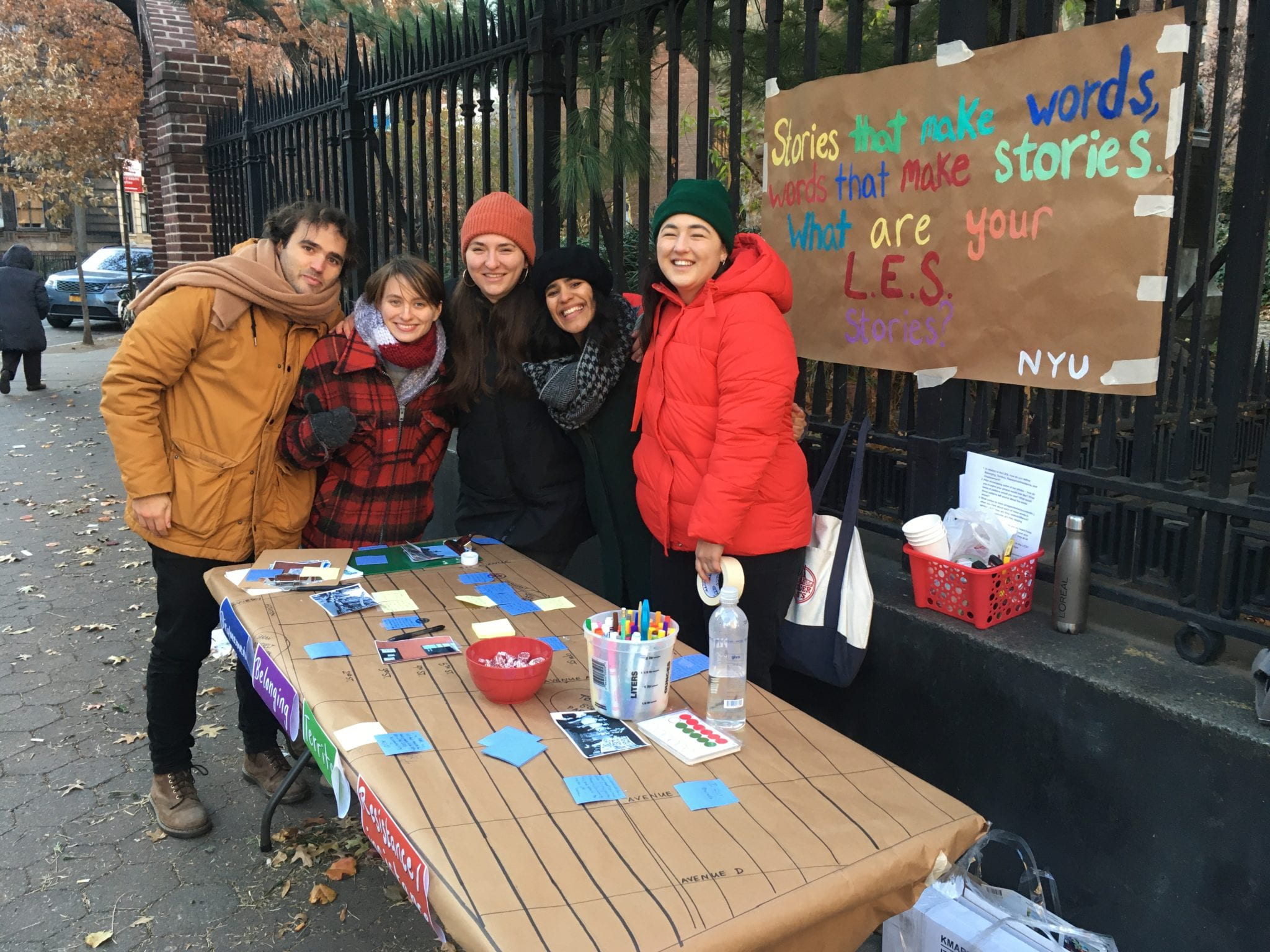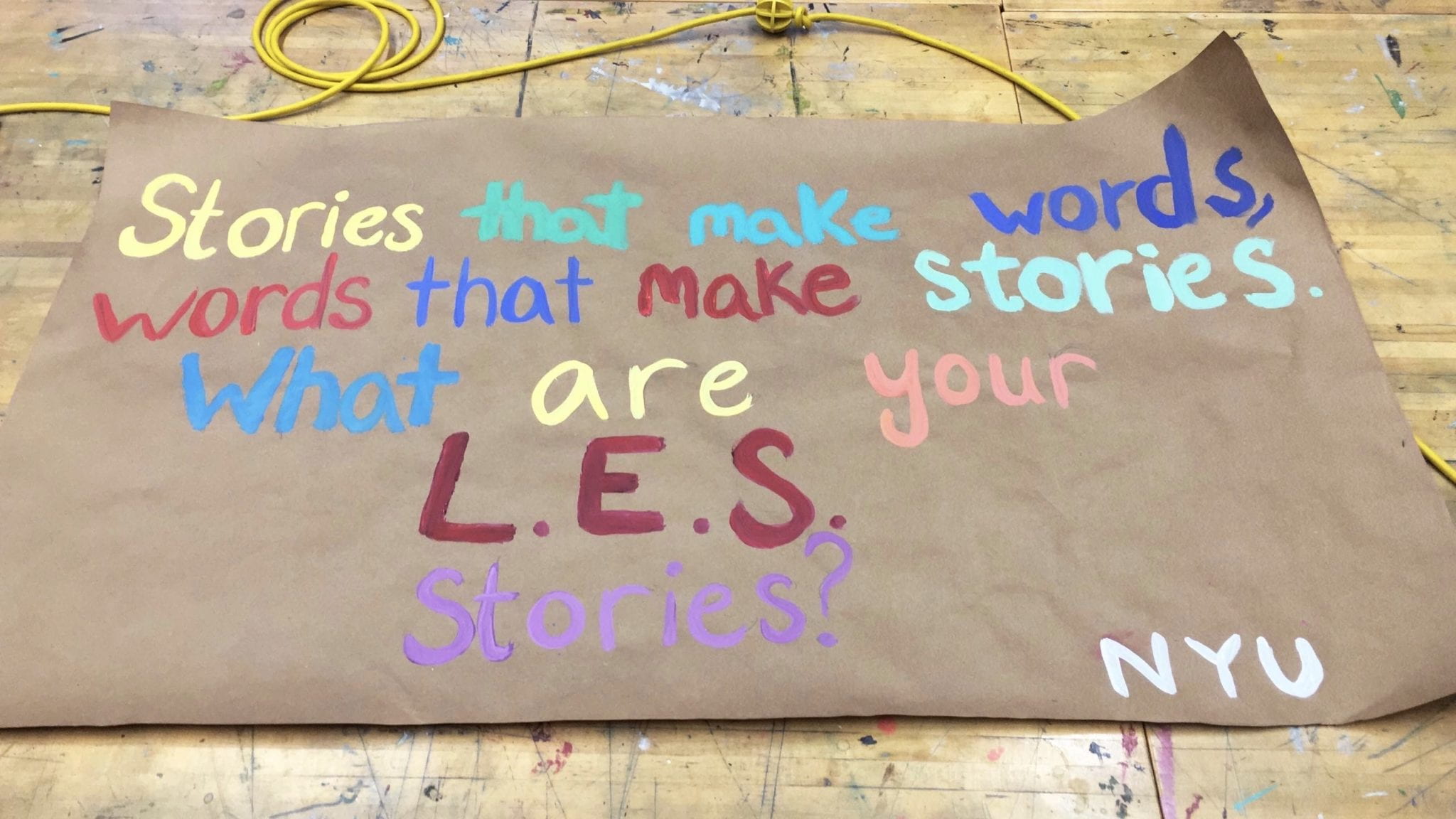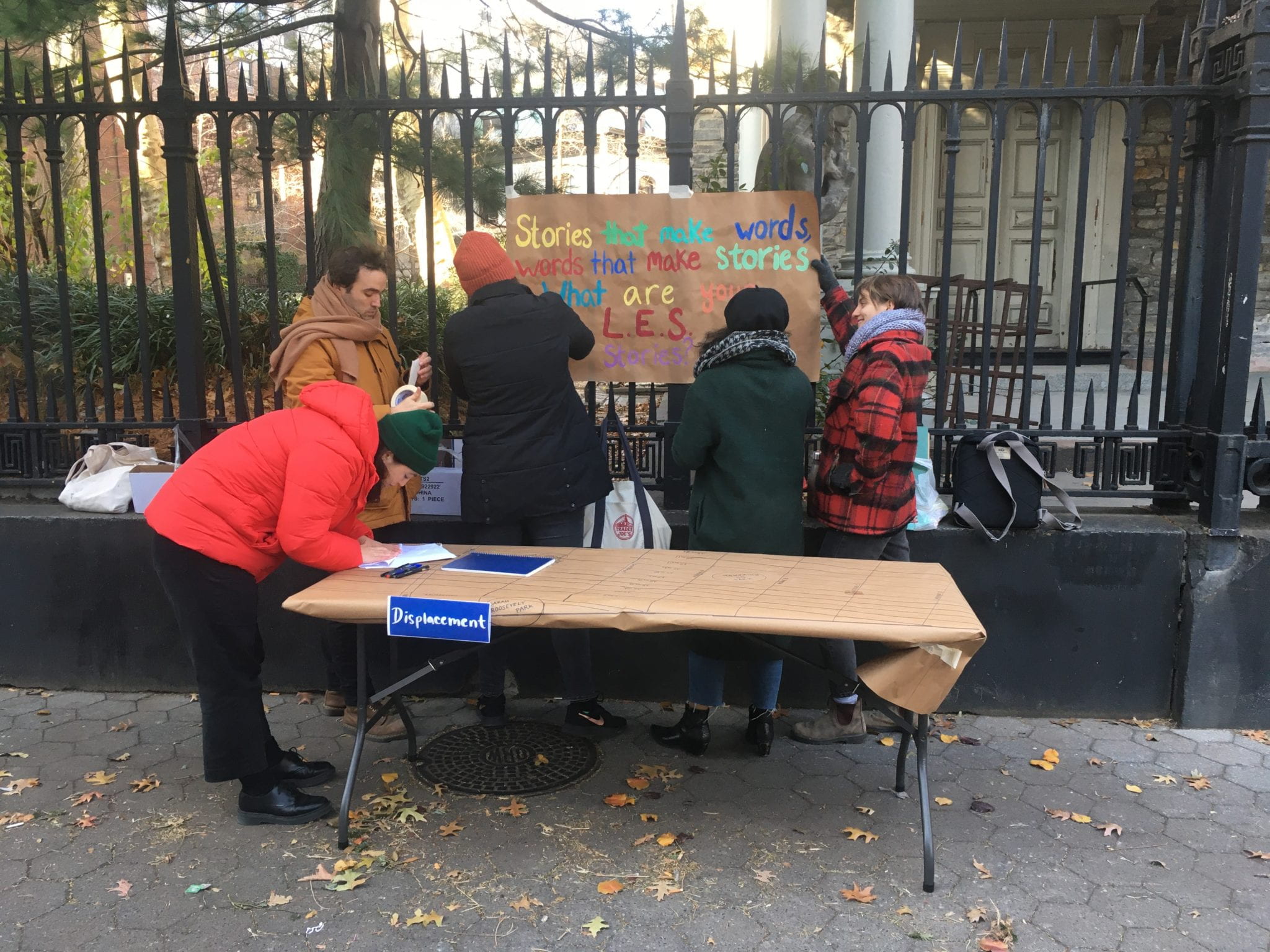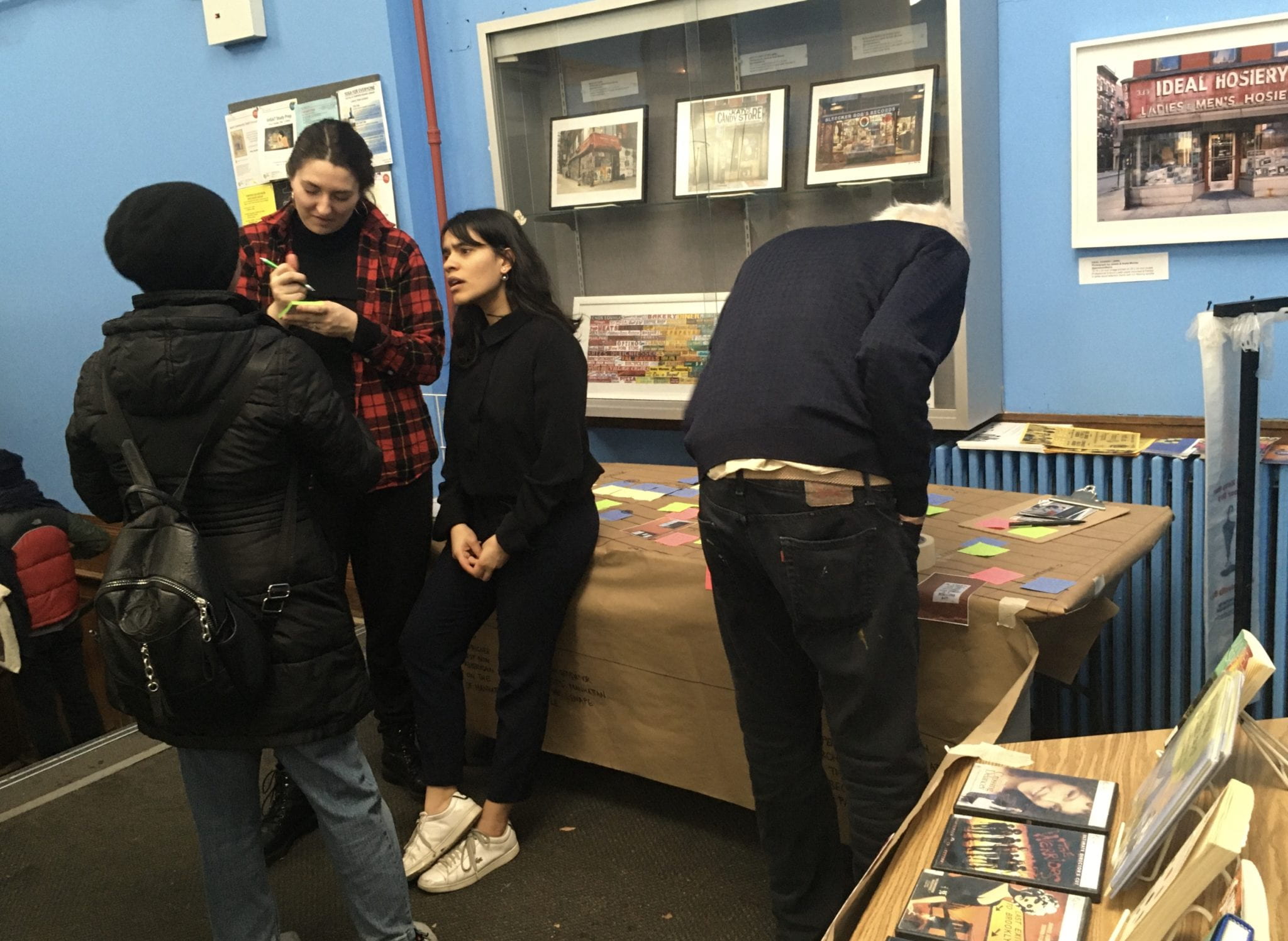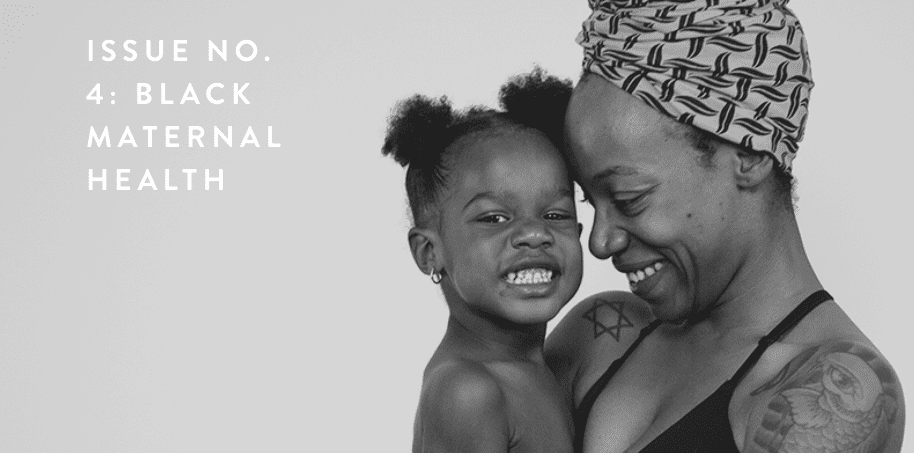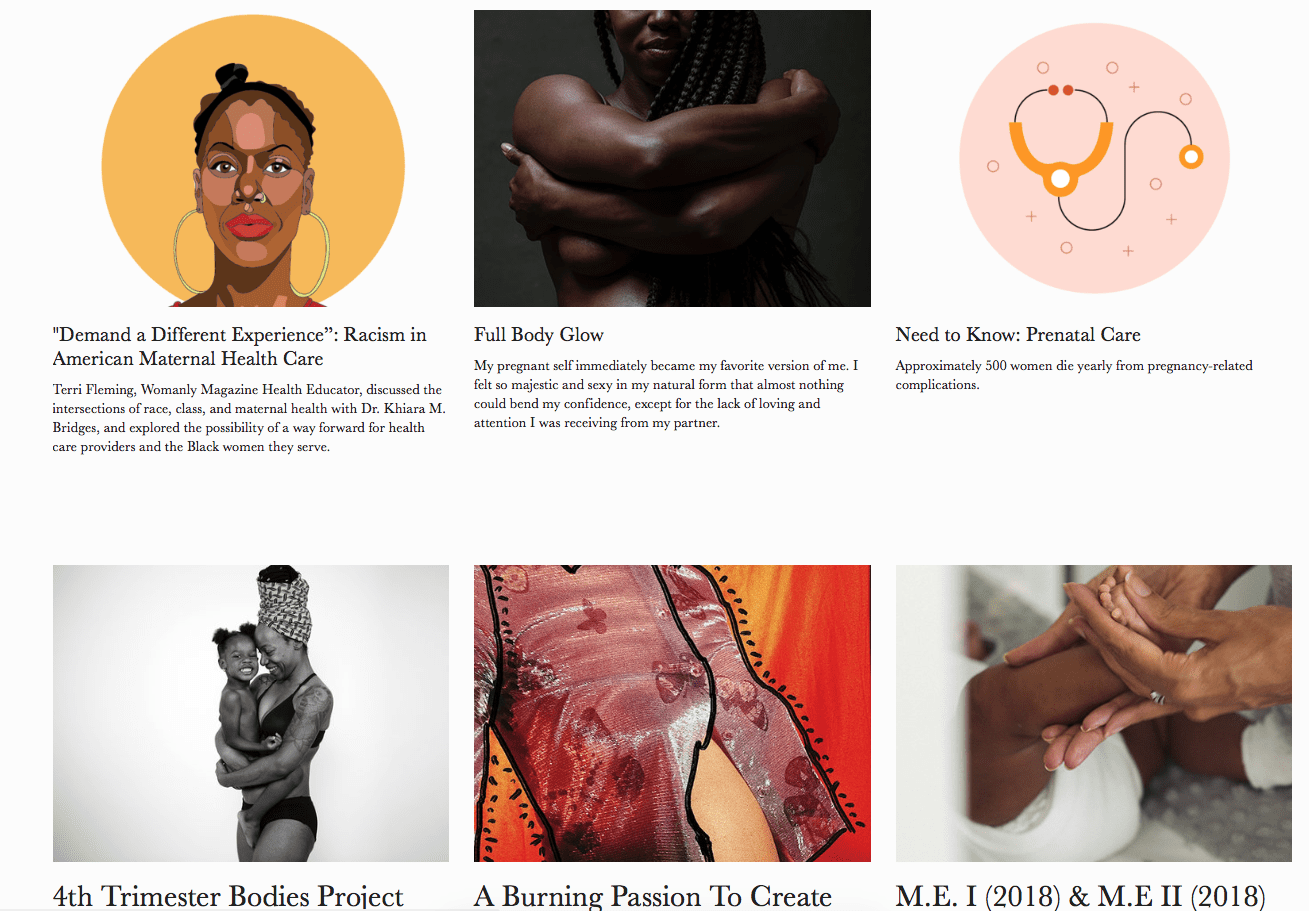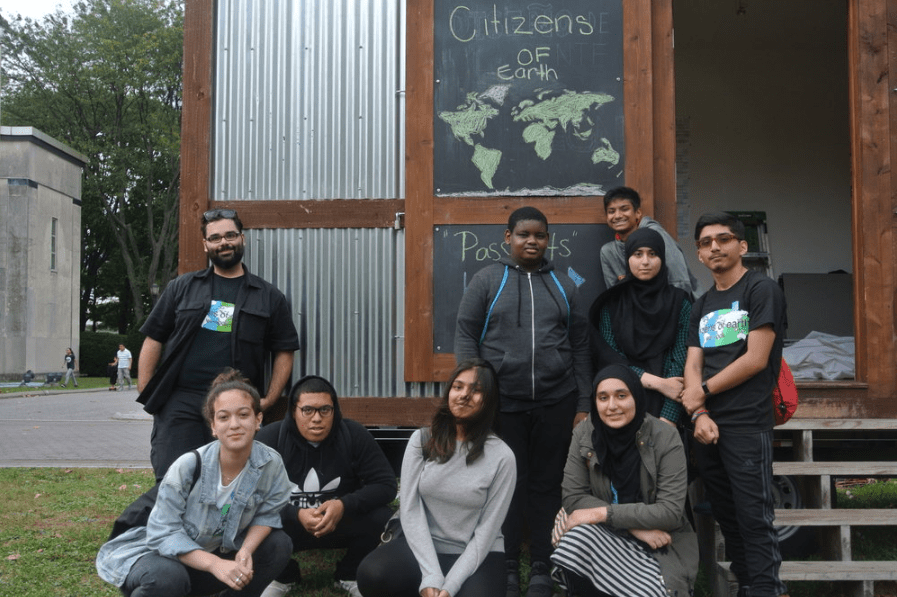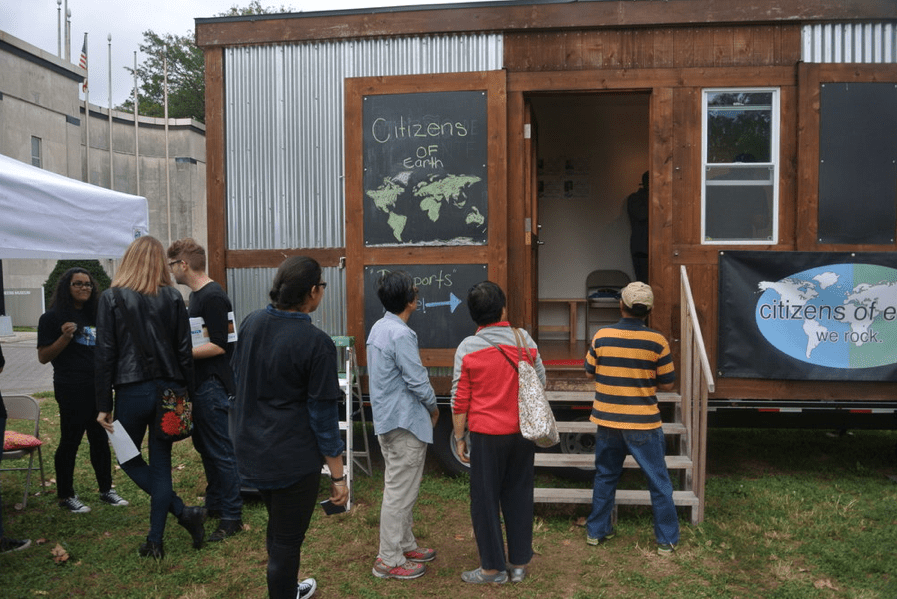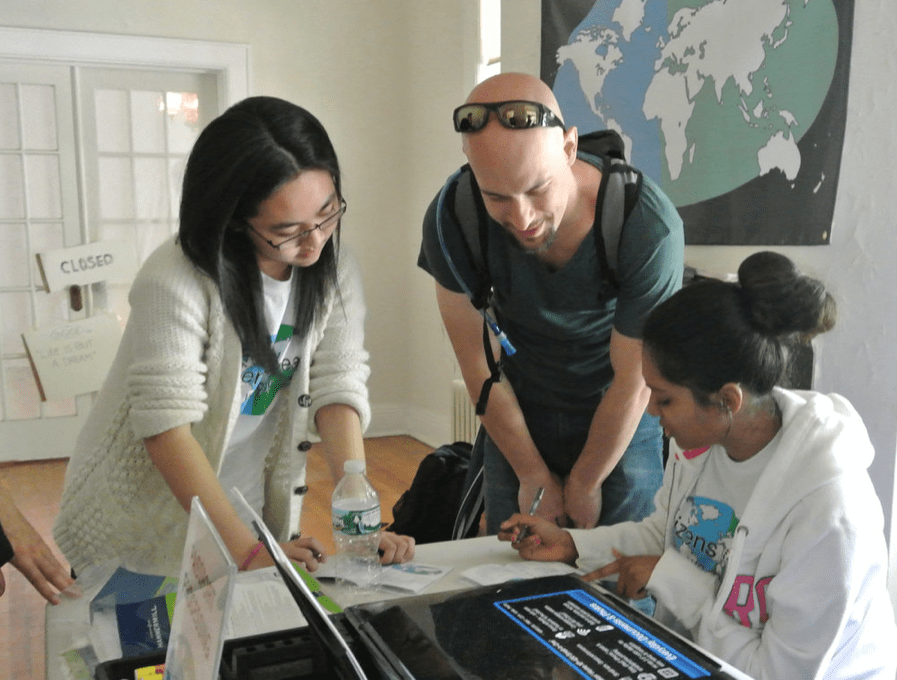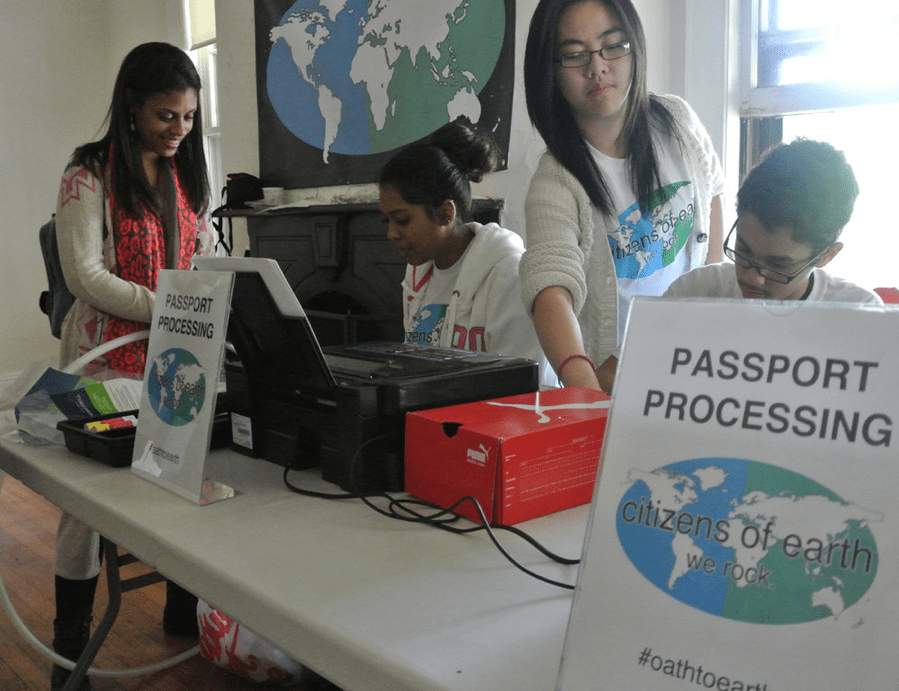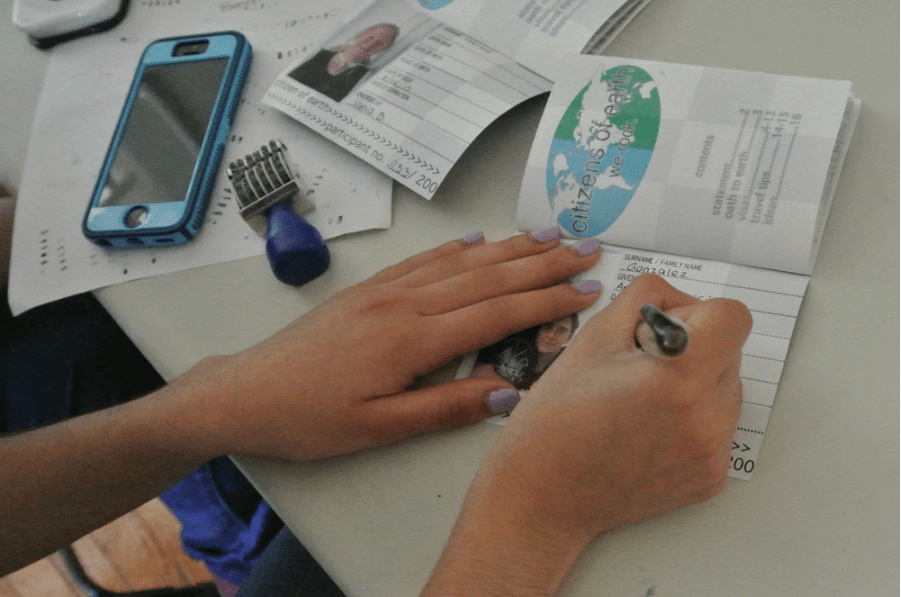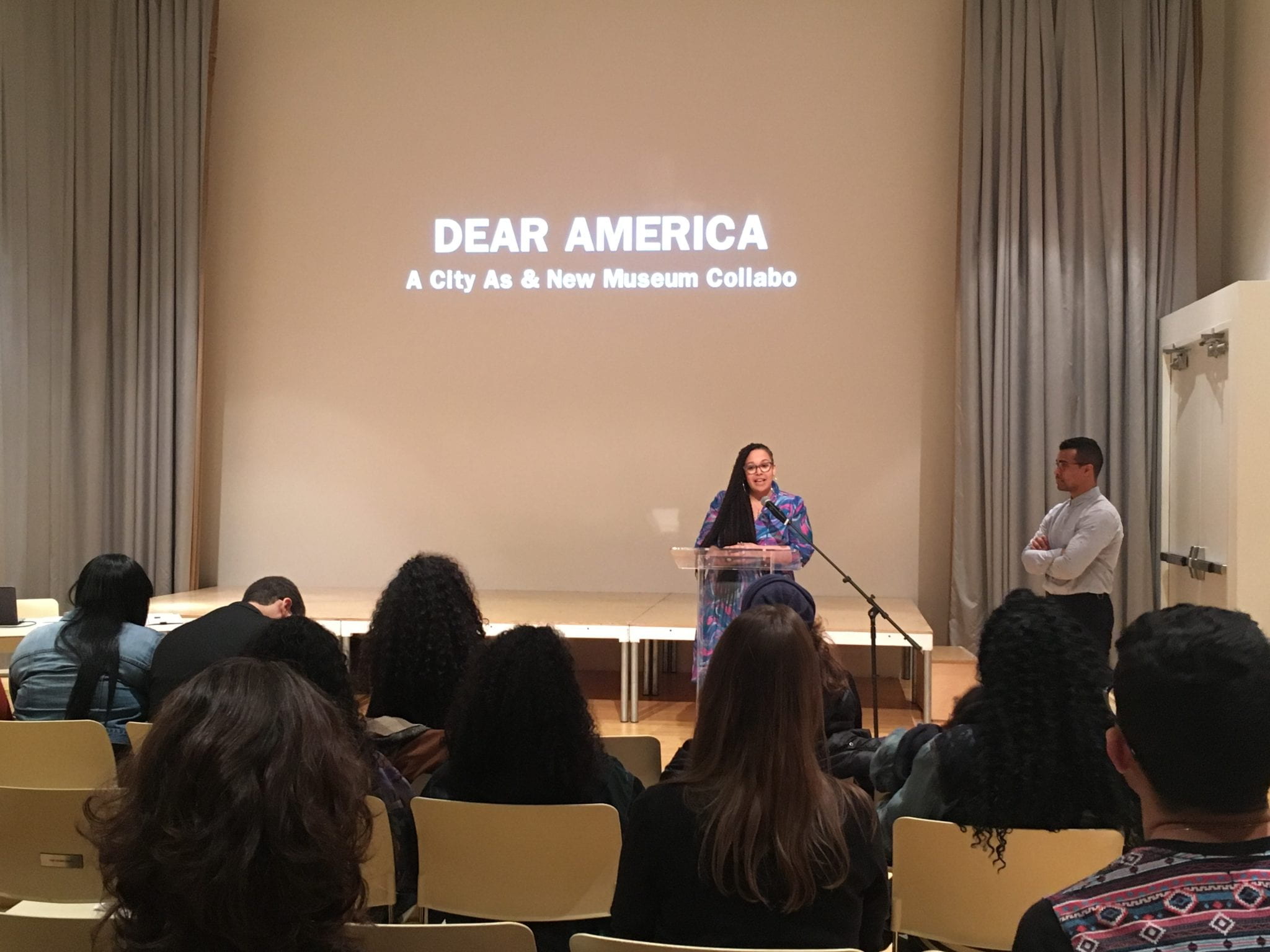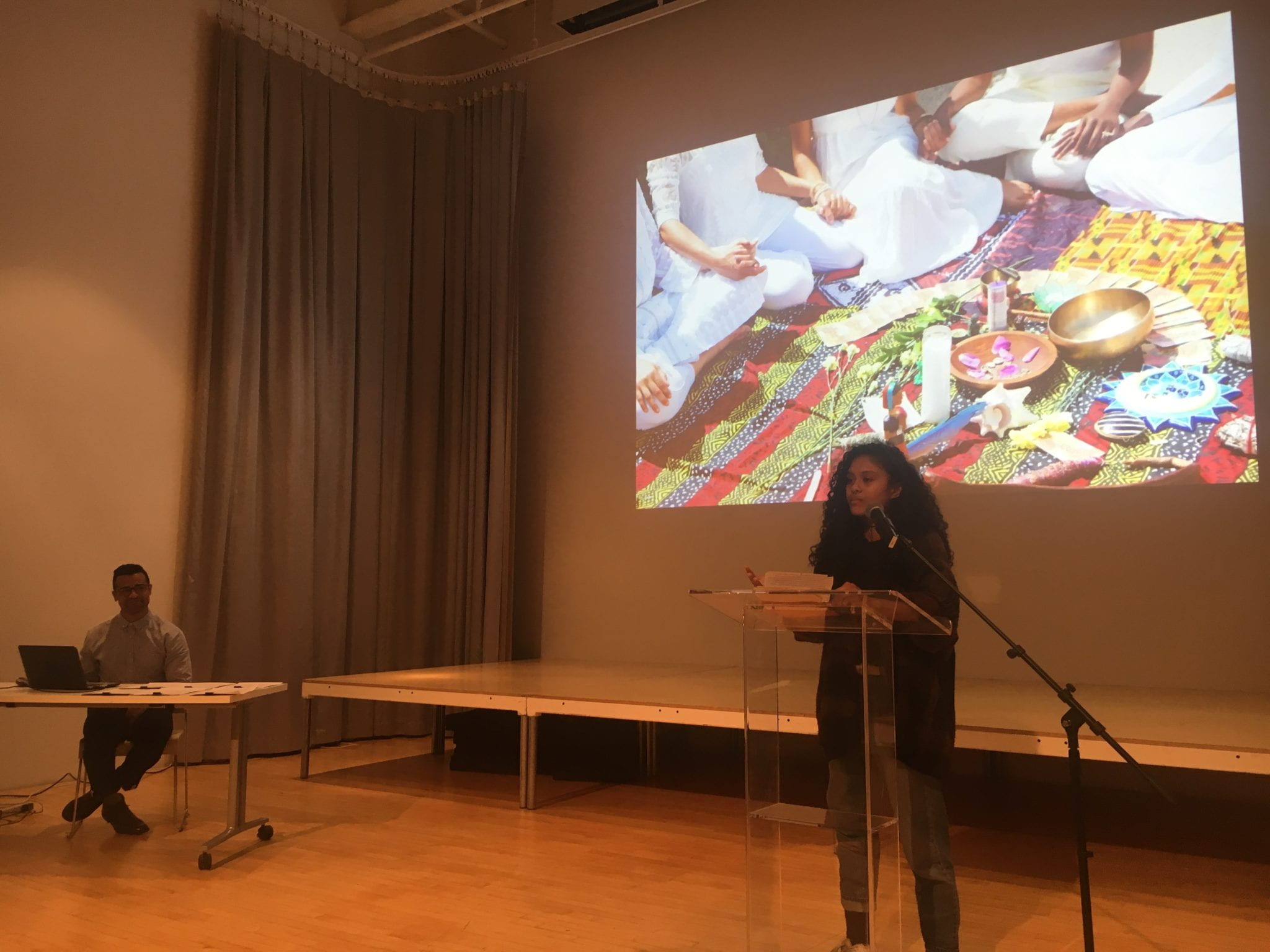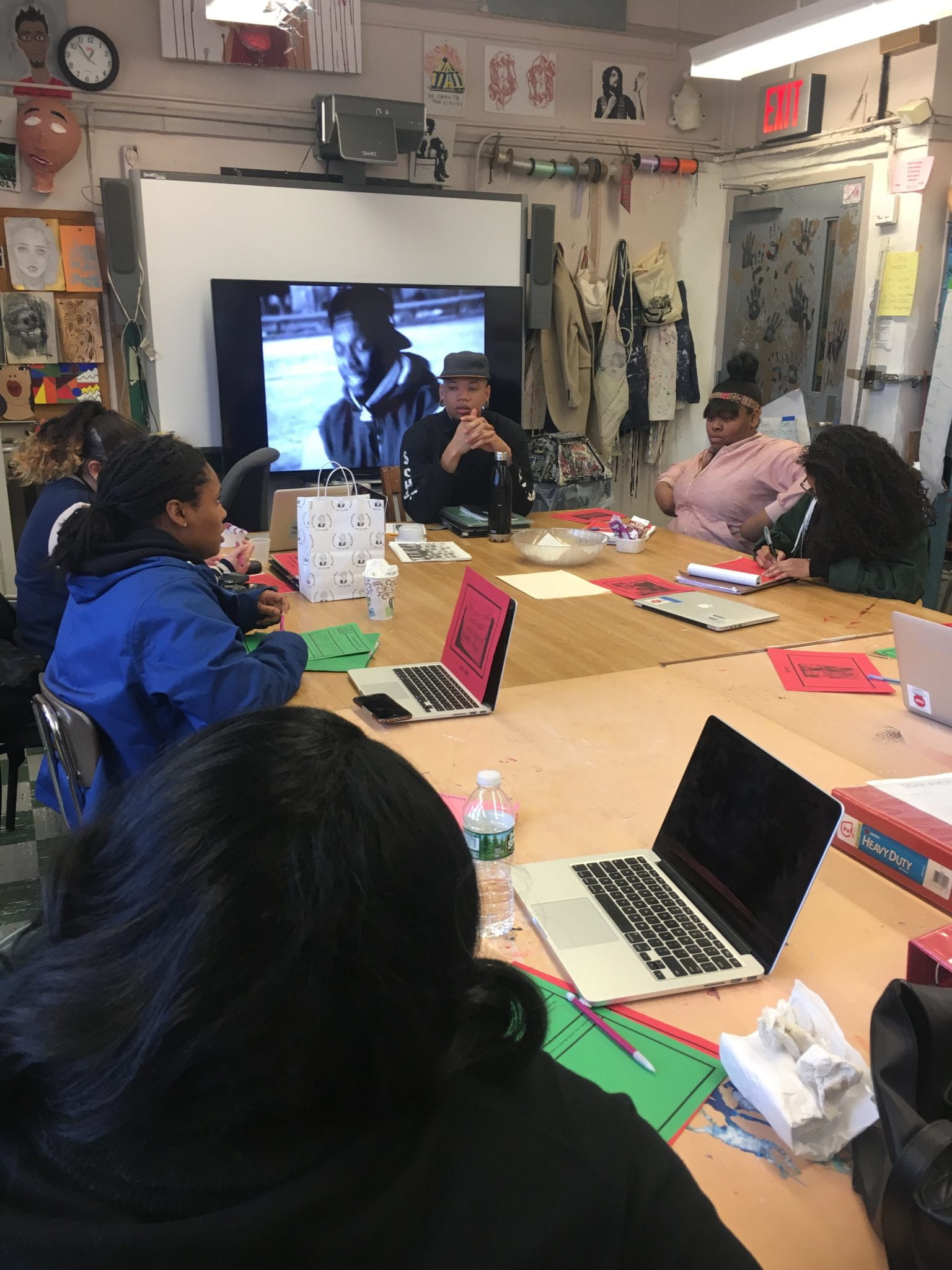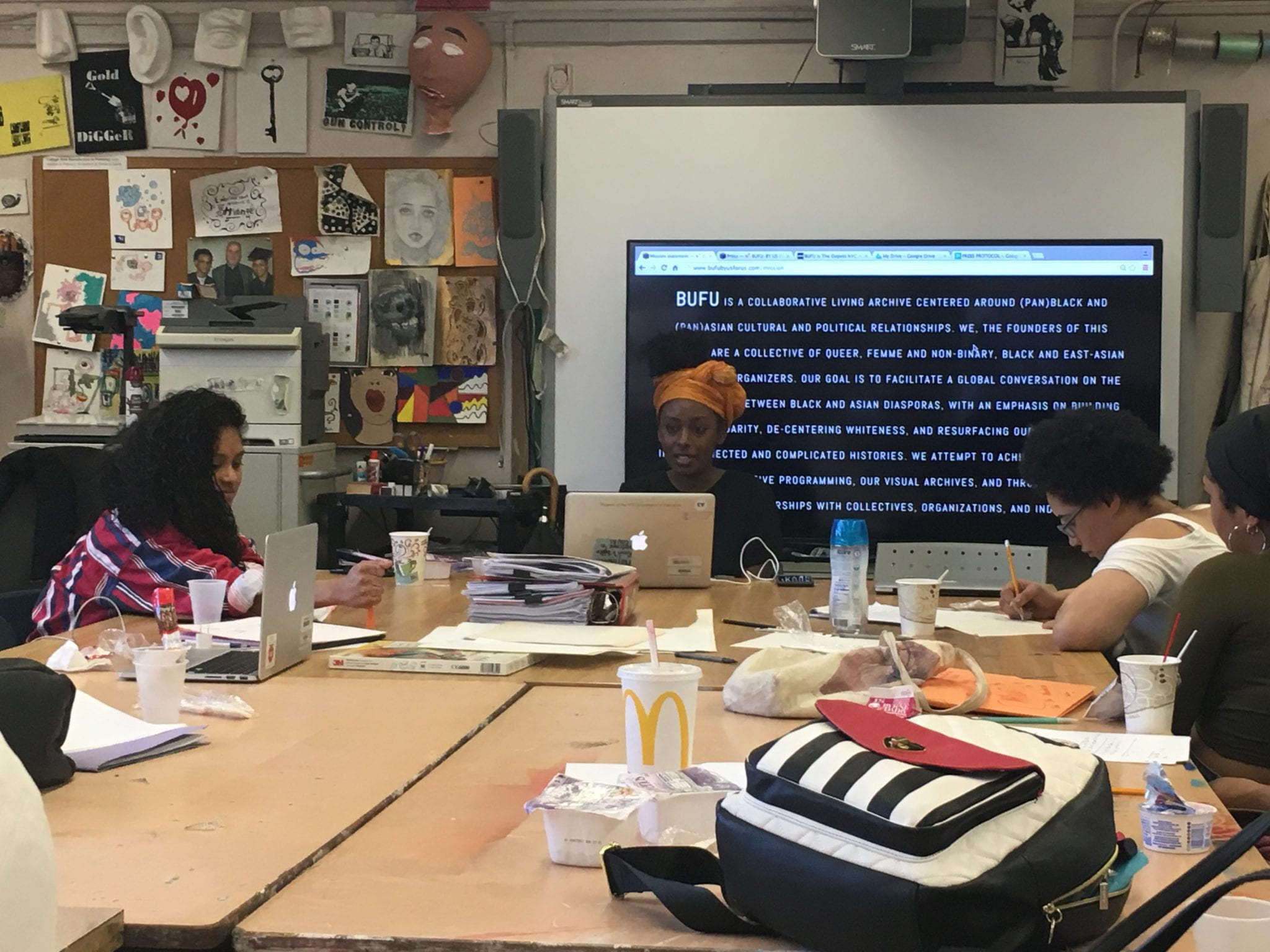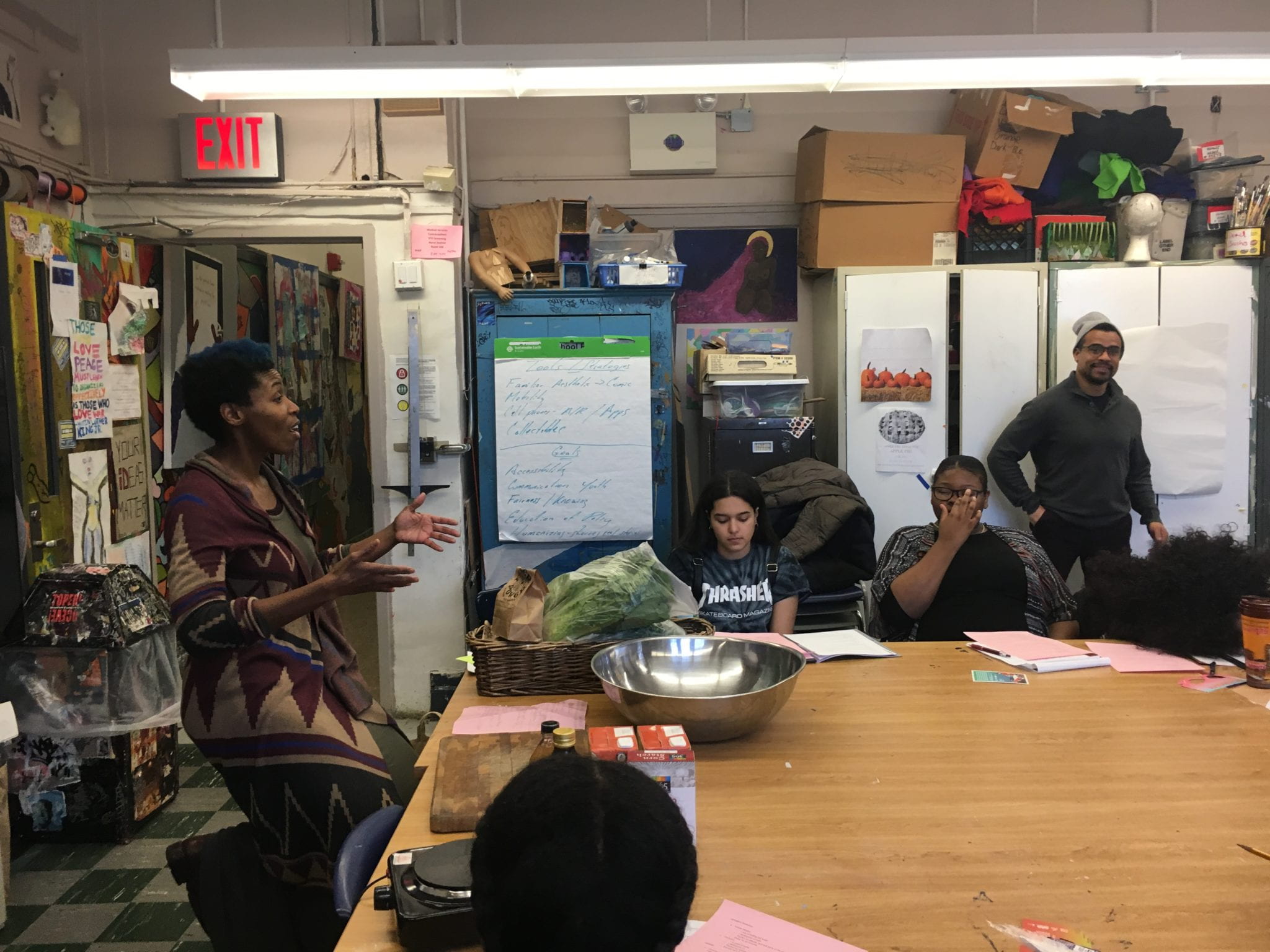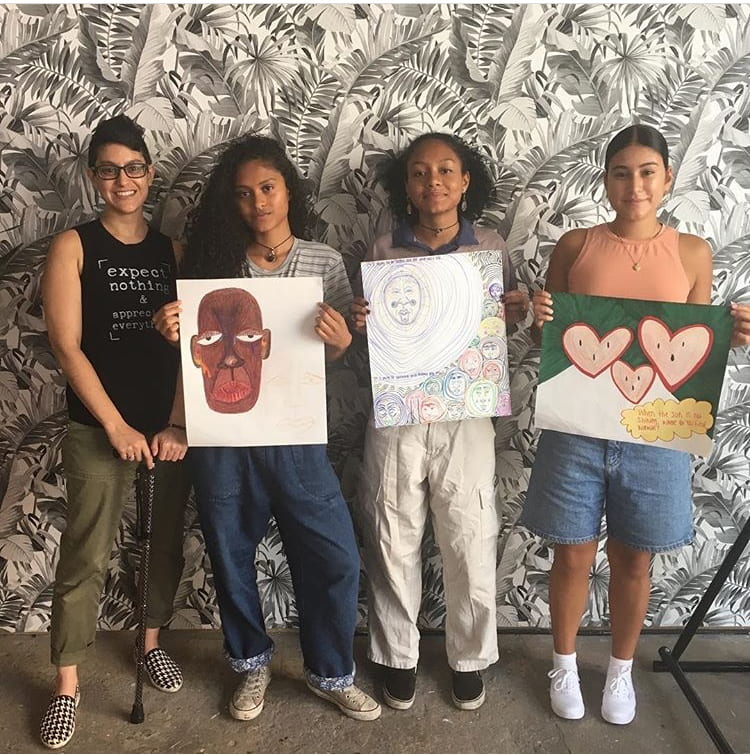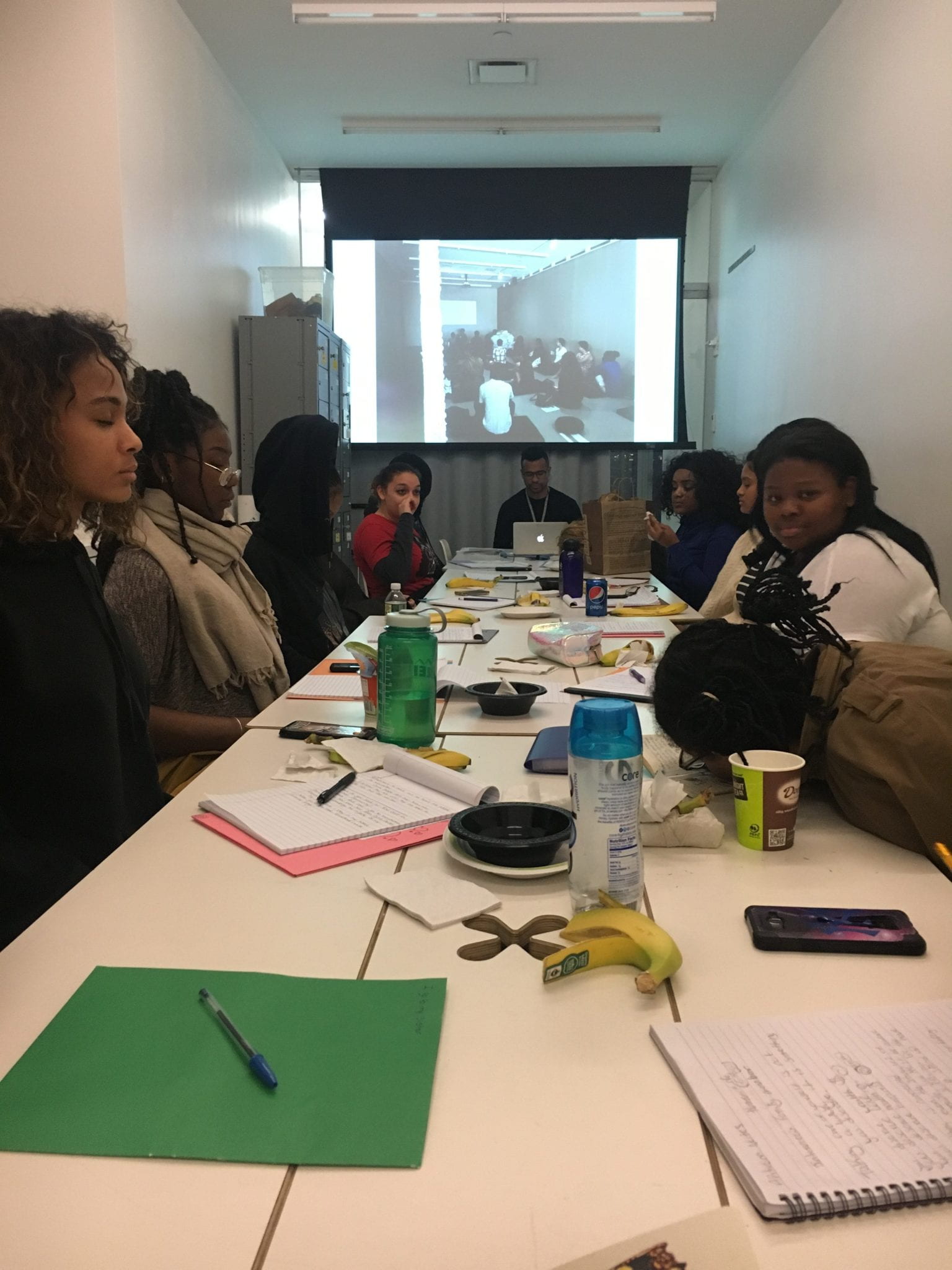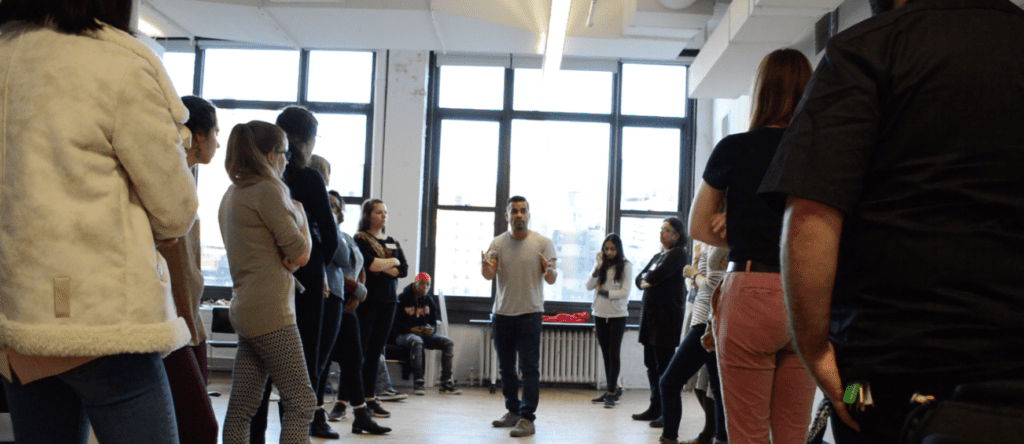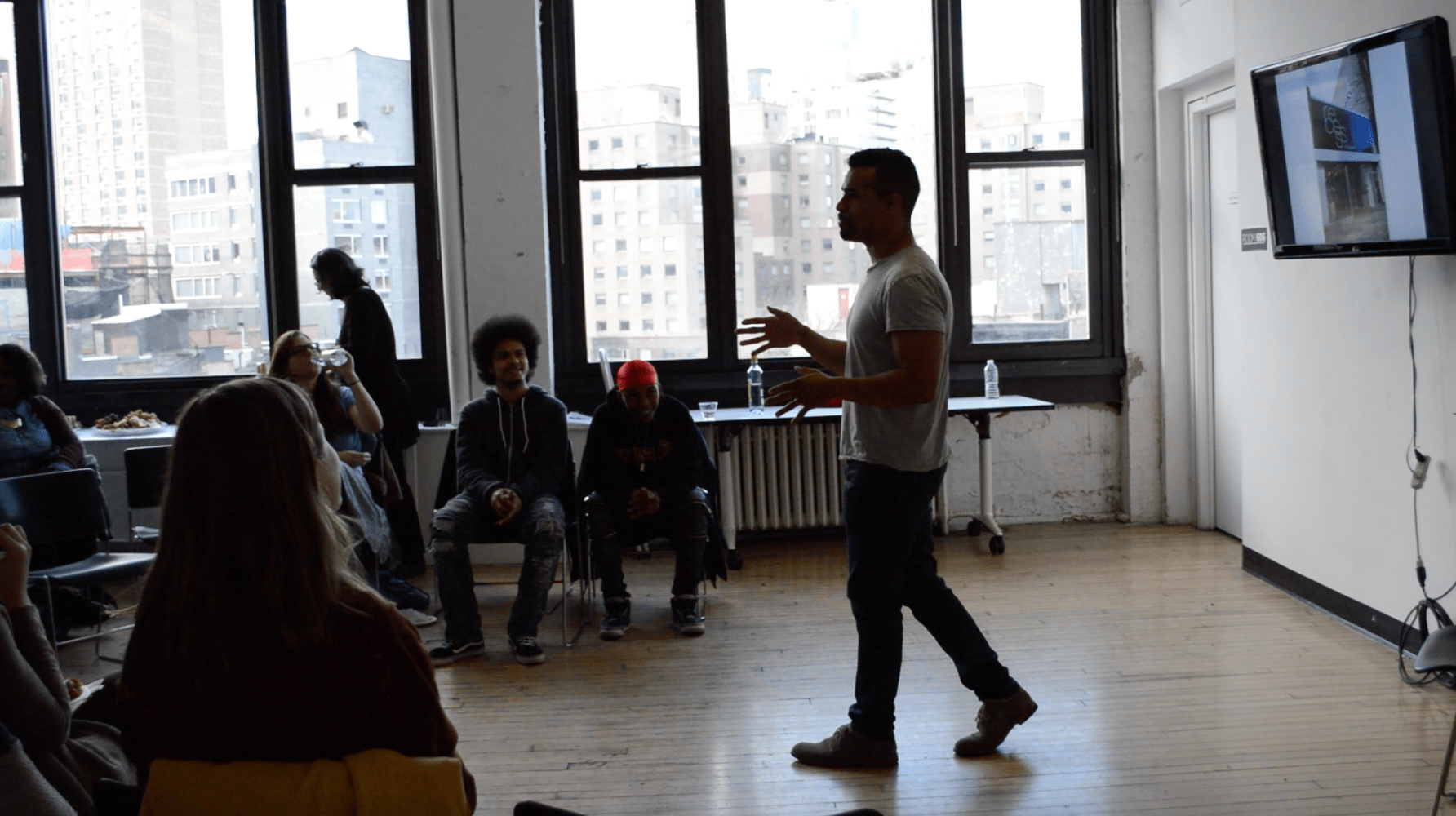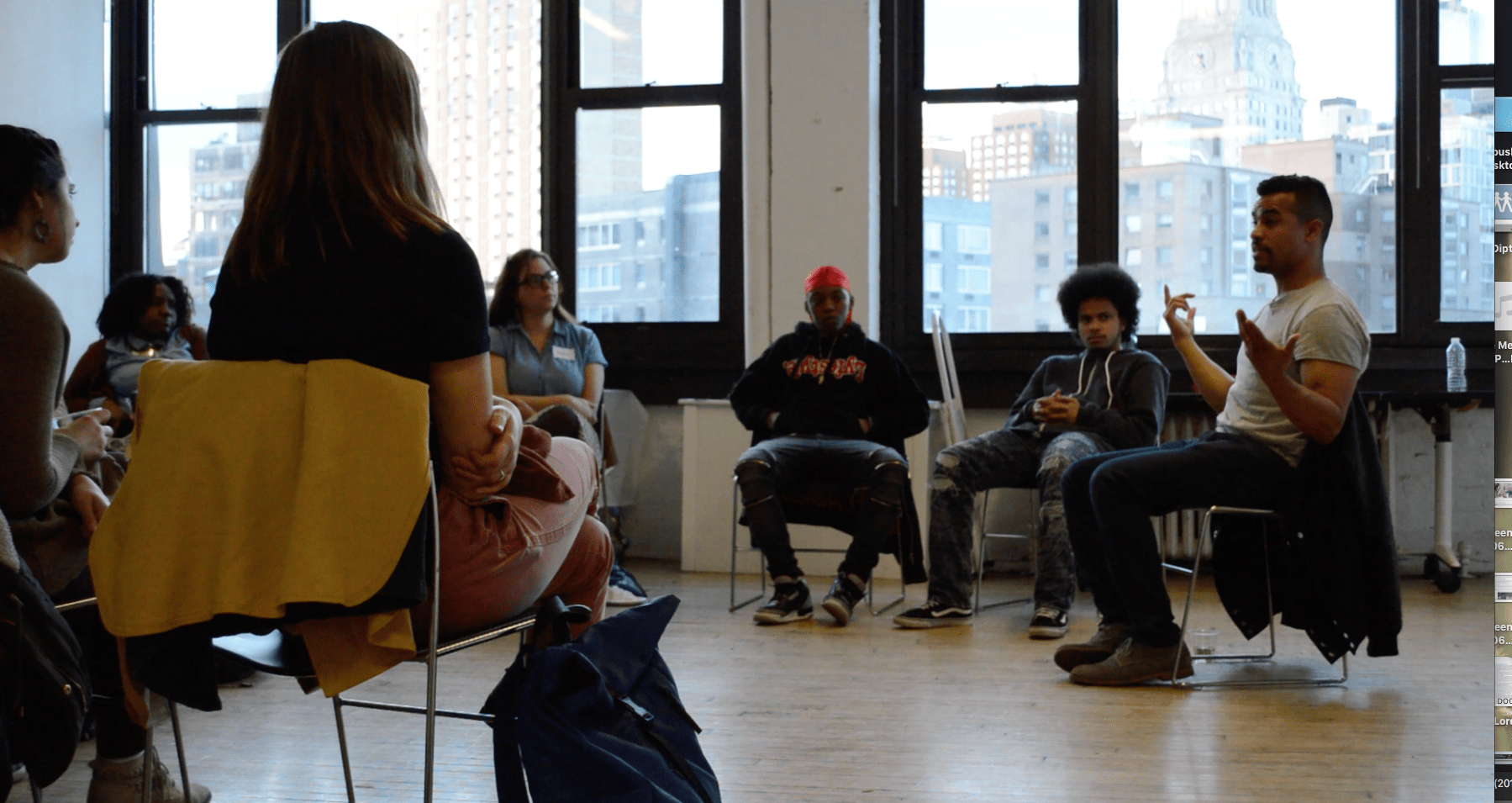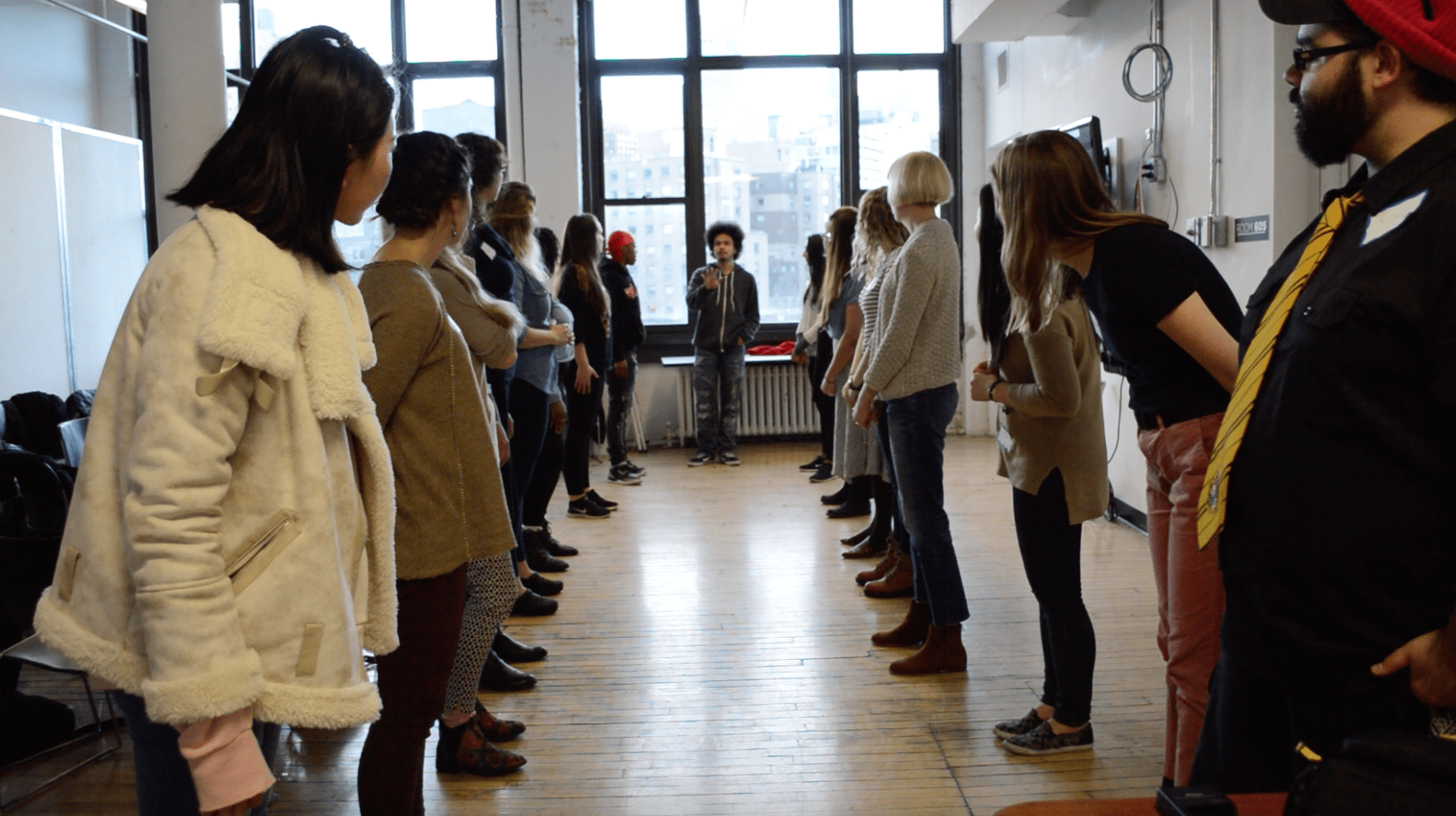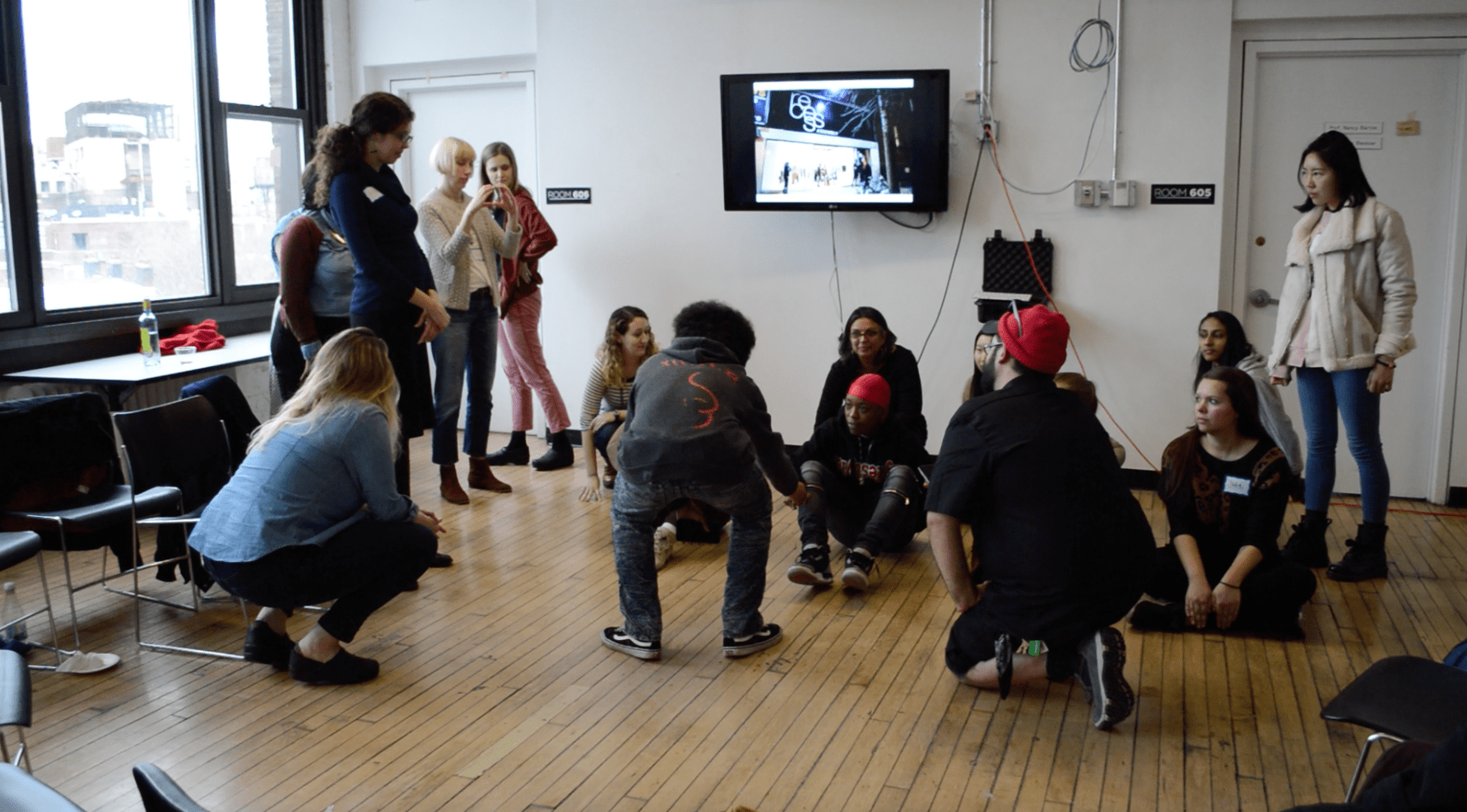In the Spring of 2020, Art+Education students from both the Initial Certification and Art, Education & Community Practice program embarked on a six month process to identify a curiosity or concern they wanted to explore and then engage the public with through the Research and Final Project process. Students identified different questions and worked collaboratively to conduct academic and creative research, consider the work of socially engaged artists, and read theory relevant to artistic forms of inquiry and social activism.
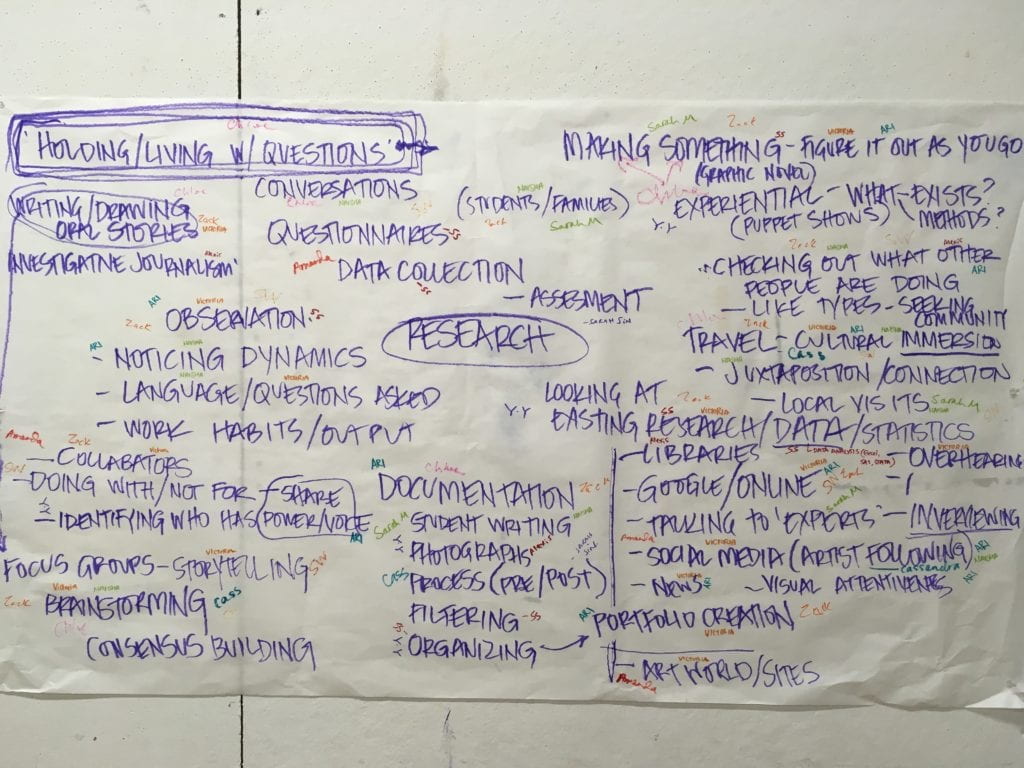
The class focused on different forms of artistic research and activism as case studies to understand how artists and artist collectives engage with communities and social movements. Some of the research based approaches explored included: mapping, participatory action research, oral history, archival research, and multisensory inquiry. Originally, students chose the following themes to explore: restorative justice, whiteness, mental health and stigma, decoloniality and sound, and integrating body movement in elementary curriculum.
Several months into the research process and planning for a social action that each group would implement, the Covid-19 pandemic changed the scope and possibilities for this work. As our class moved online in March and New York City moved into quarantine, designing and implementing a public, socially engaged work had to be completely reconsidered.
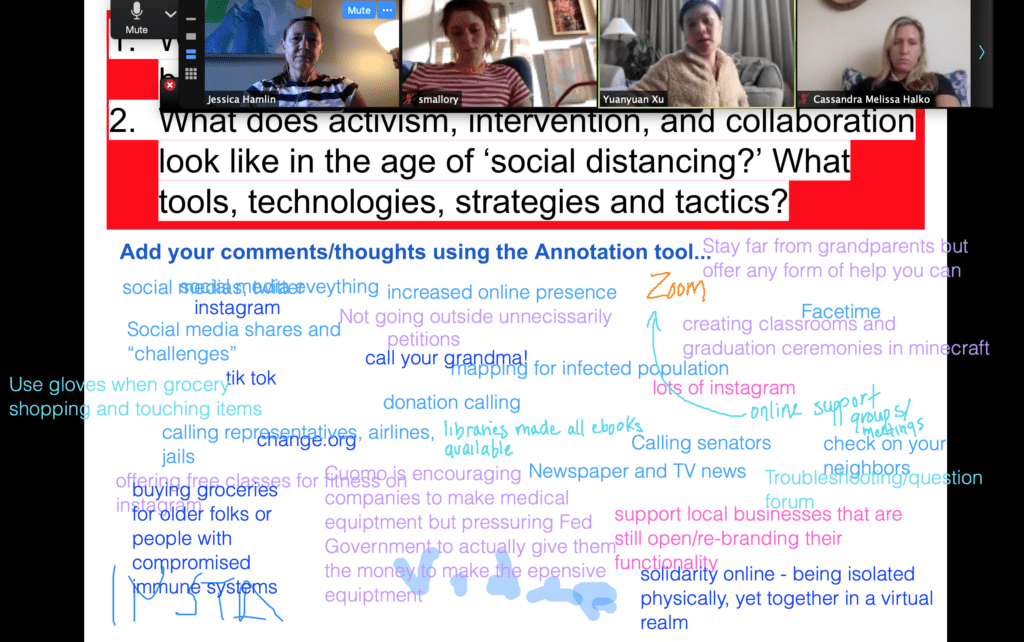
As a class we gained a lot of inspiration from the Center for Artistic Activism and their efforts to reimagine artistic activism using new tools, reimagined social spaces, and virtual realities. We also heard from a number of artists and educators including Tomie Arai whose public art and work with the Chinatown Art Brigade inspired conversations about collaboration and the importance of history (see more about her visit here). We talked with the artist and policy advocate Laurie Jo Reynolds who is currently working on the Chicago 400 campaign on behalf of Chicagoans with past convictions who are listed on public registries and experiencing homelessness and therefore must register weekly at Chicago Police Headquarters. Laurie Jo described how the project has used mapping as a way to visually represent the invisible stories and hardships experienced by the members of the Chicago 400. The interdisciplinary artist and counter cartographer Lize Mogel shared strategies and advice for fundraising for socially engaged, artist activist work. And artist educators (and Art+Ed program alum!) B Kaiser and Peter Tresnan introduced a public art project they facilitated with their middle school students to create and distribute postcards to isolated LGBTQ senior citizens.
At the end of the semester, students created an incredible range of projects that all responded to their particular time and place in the world, offering hope, a sense of community, and practical ways to make the world more equitable, responsive, and human. These are the themes and projects that students generated:
